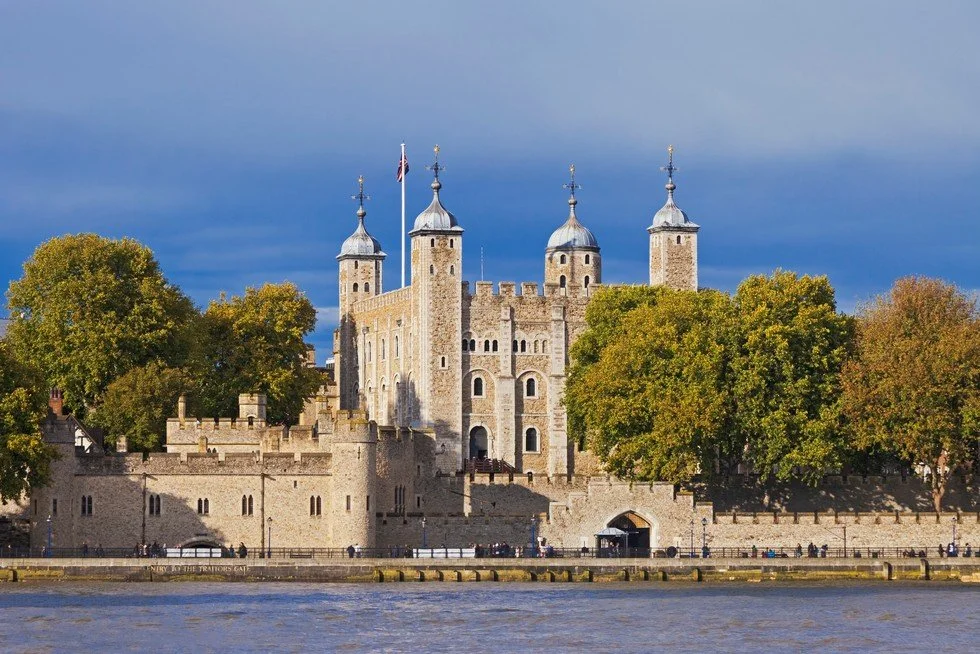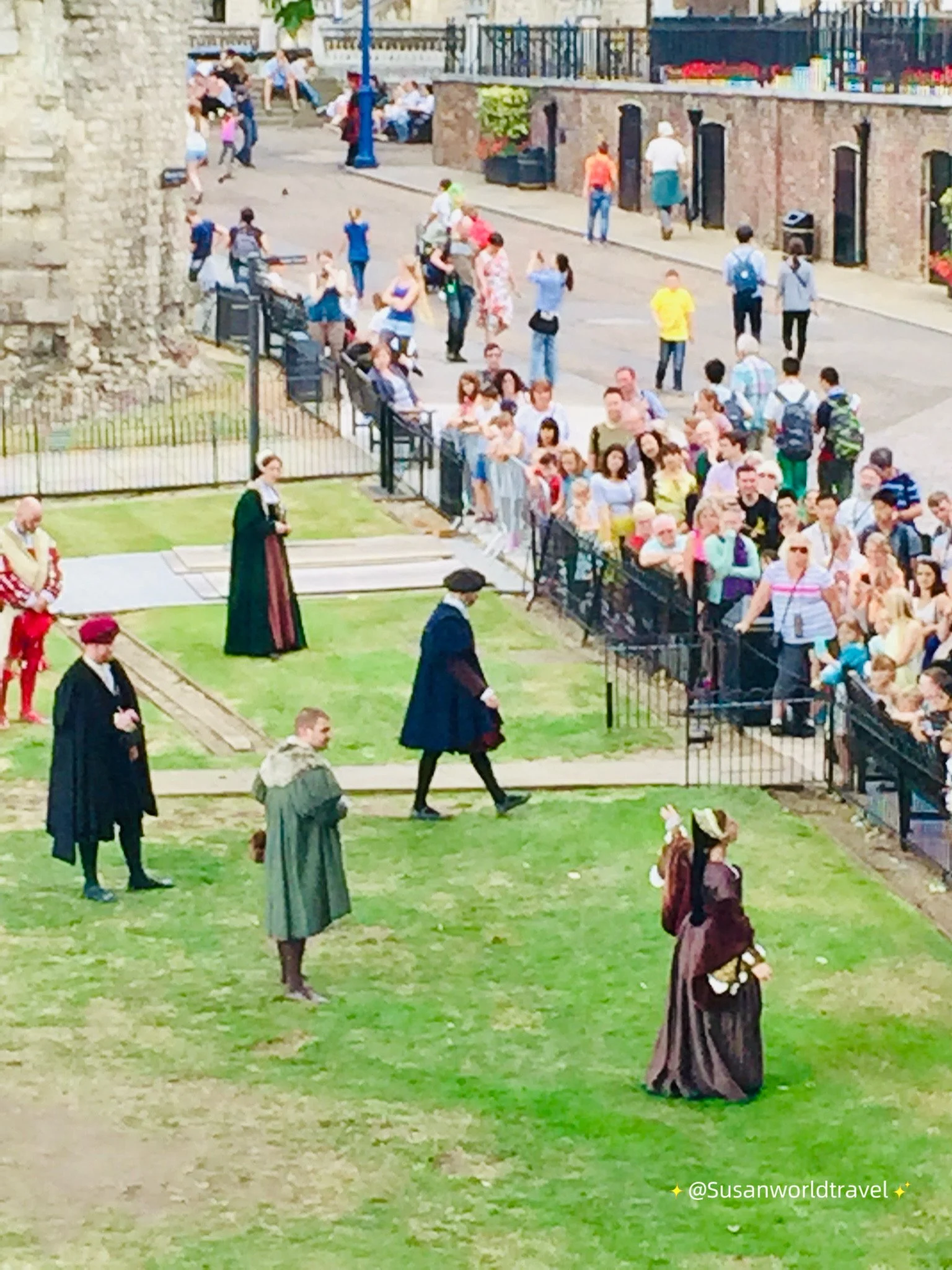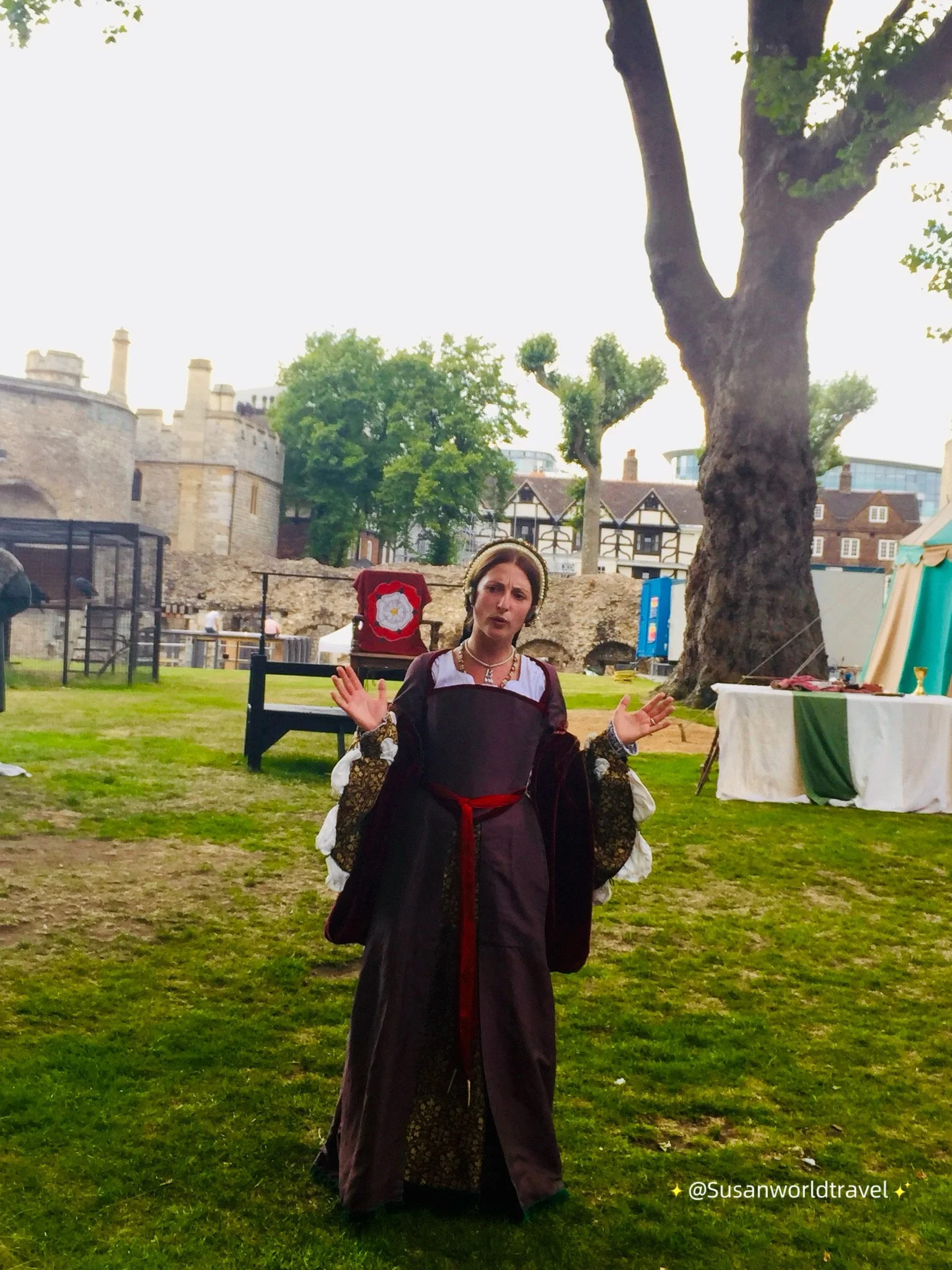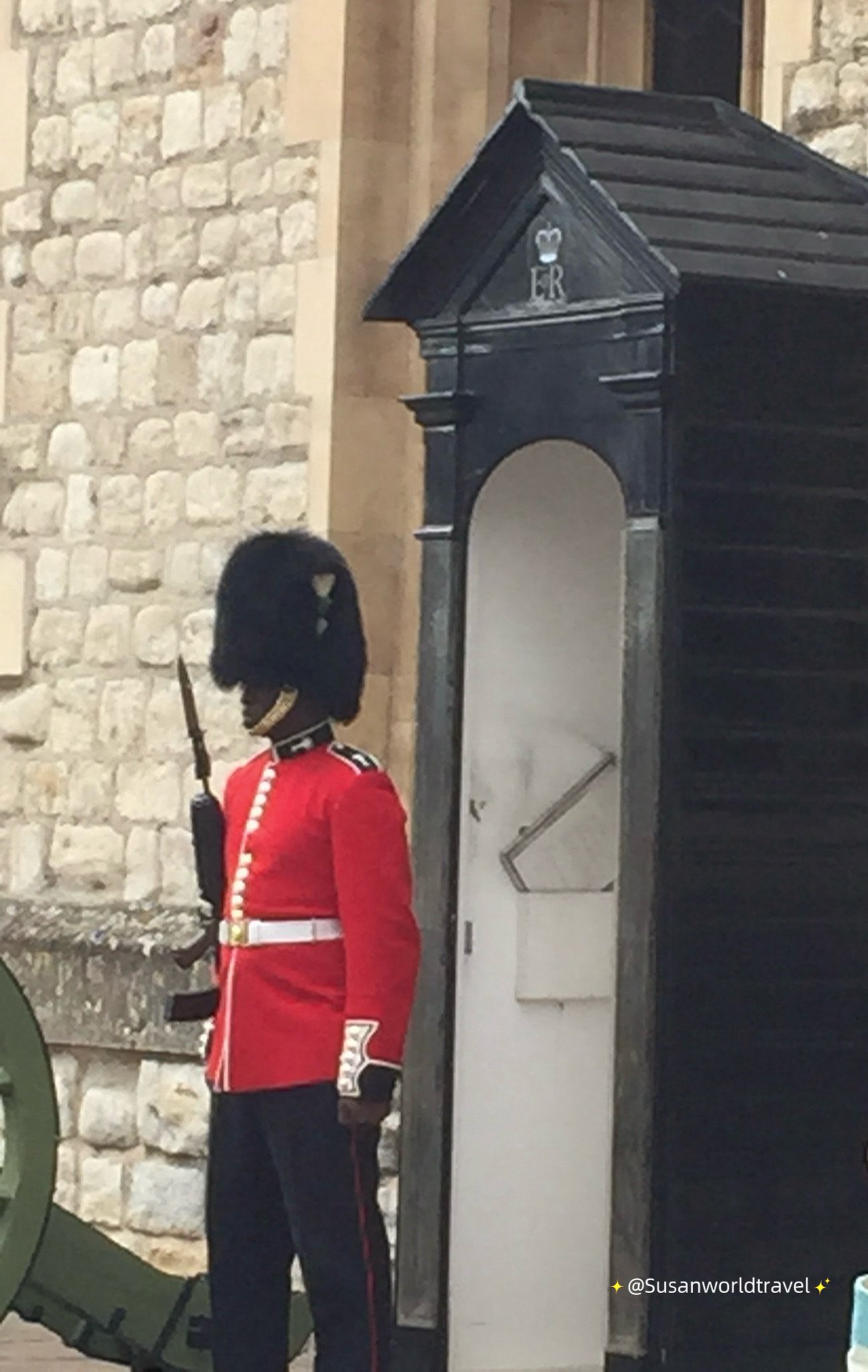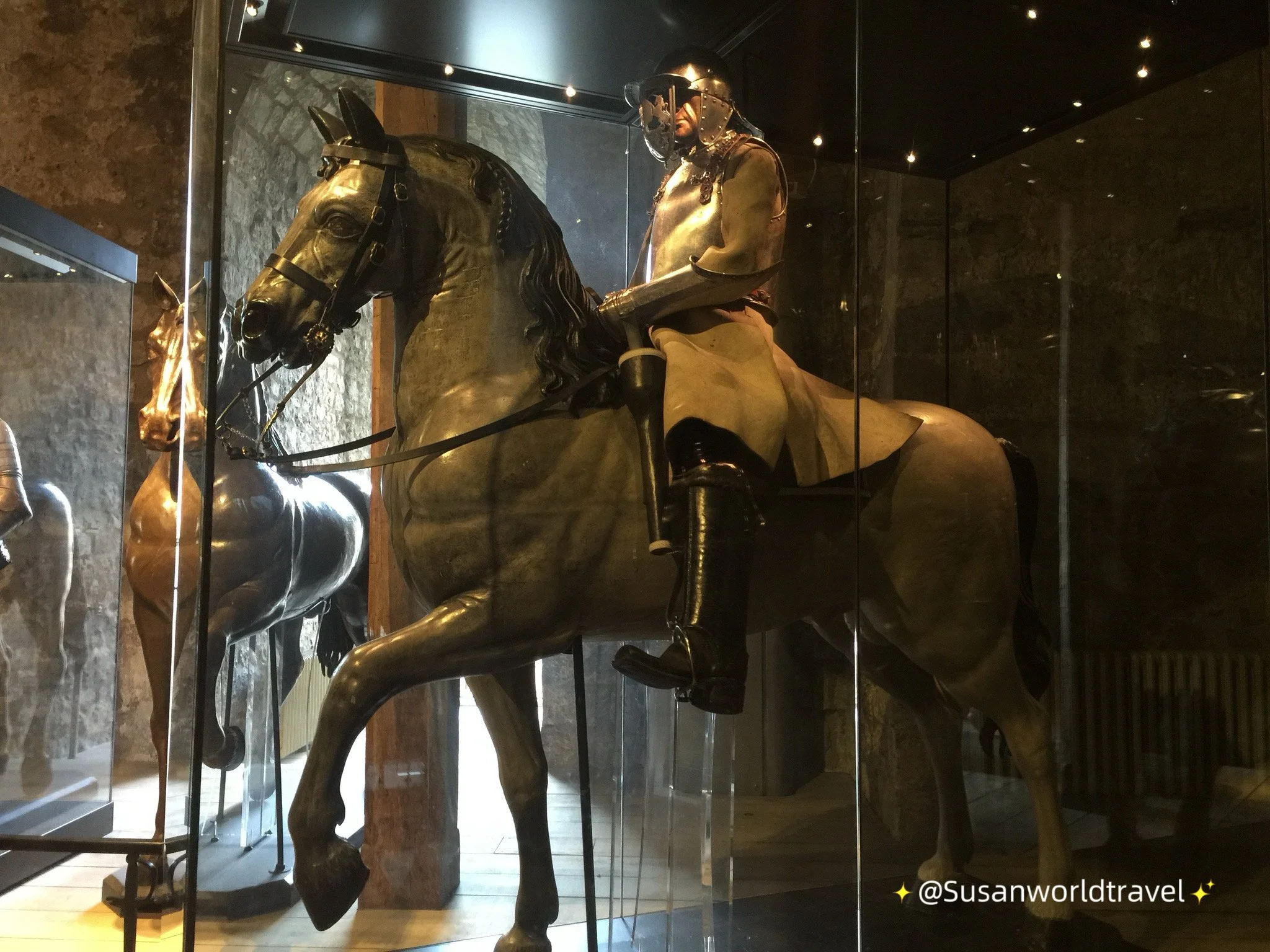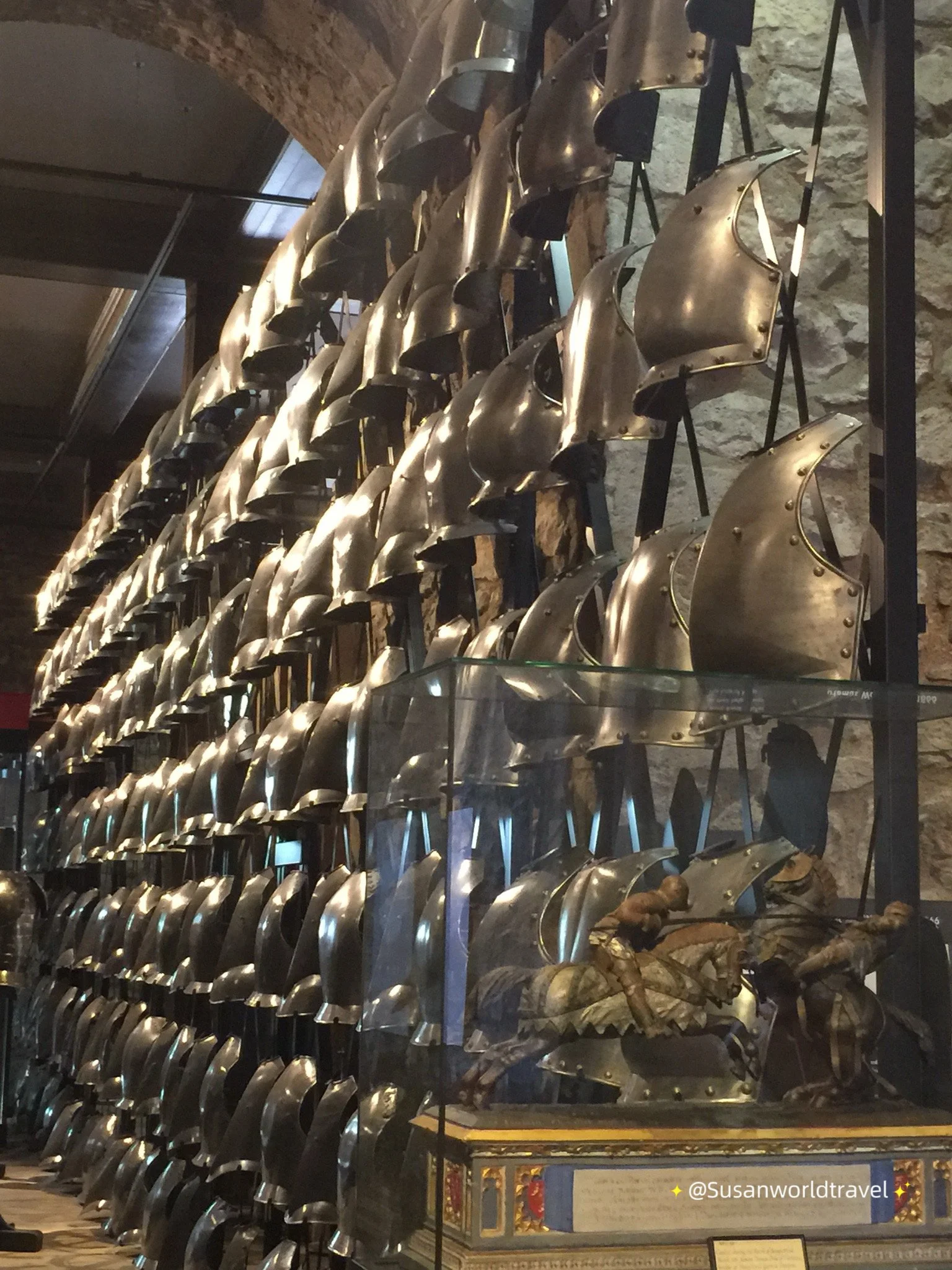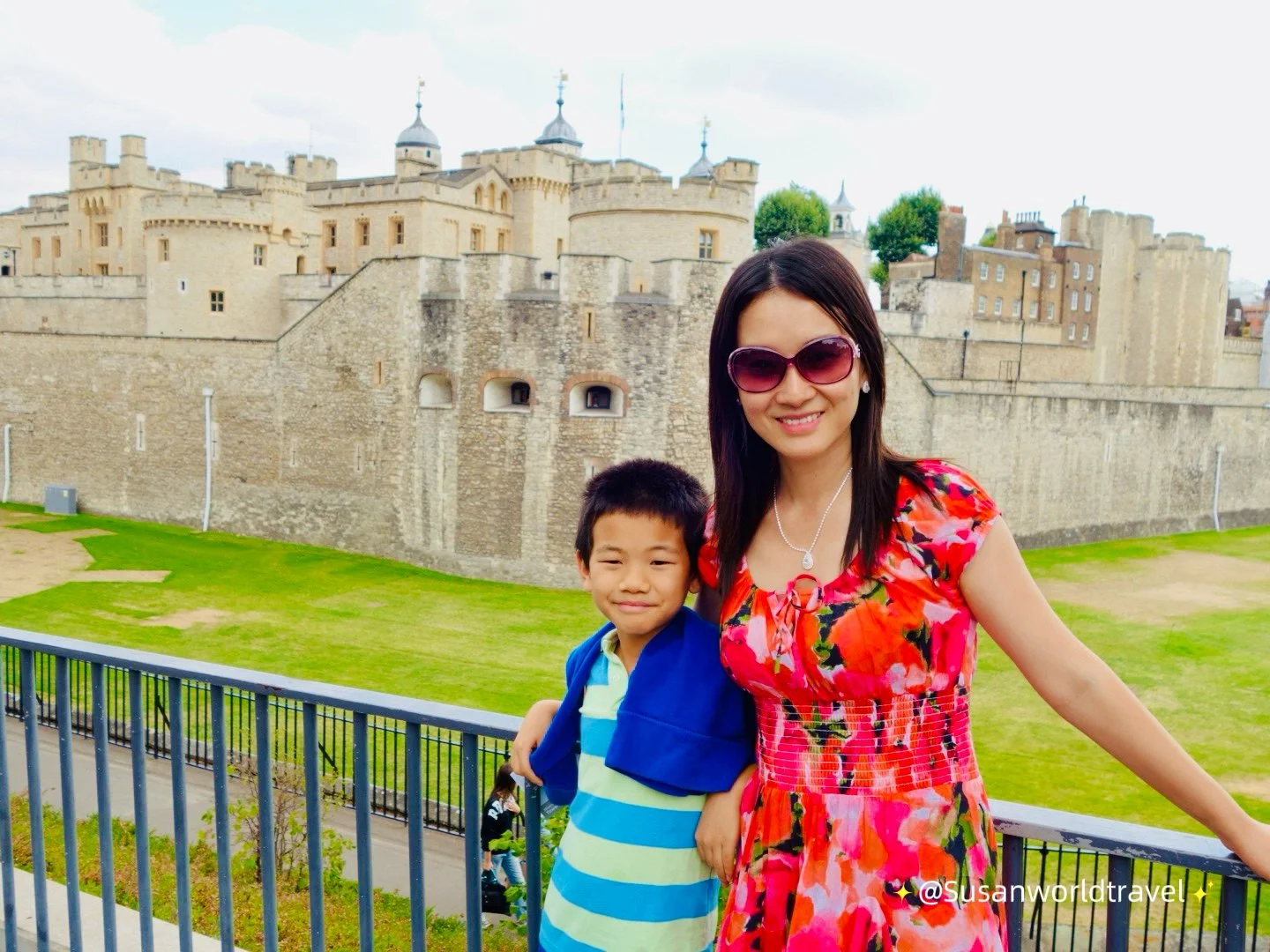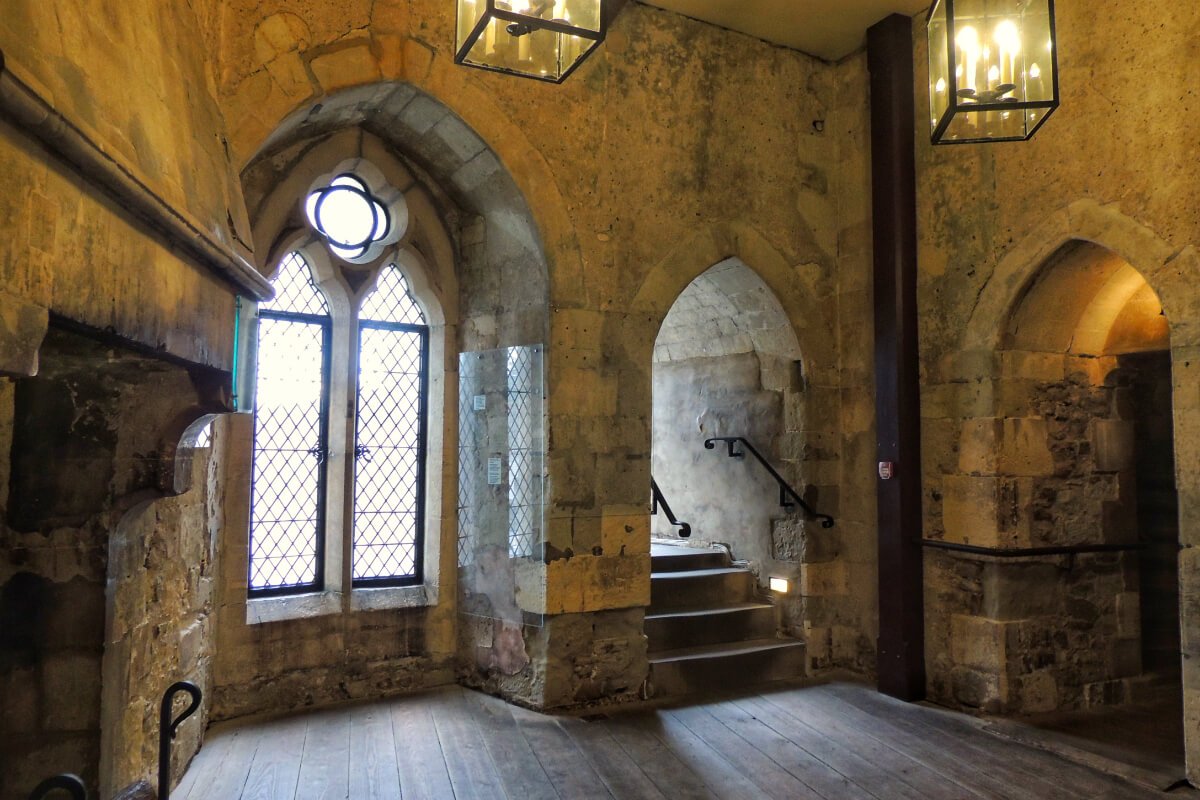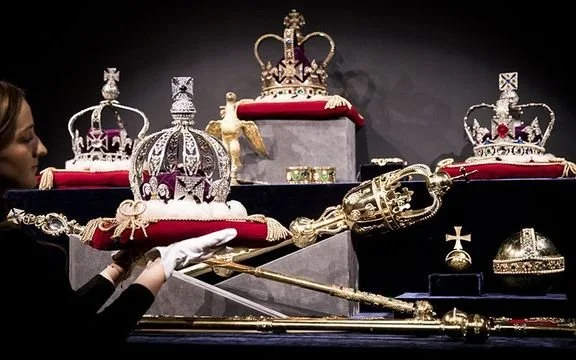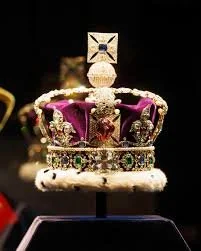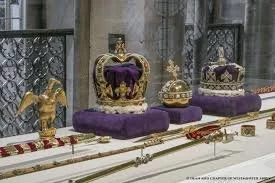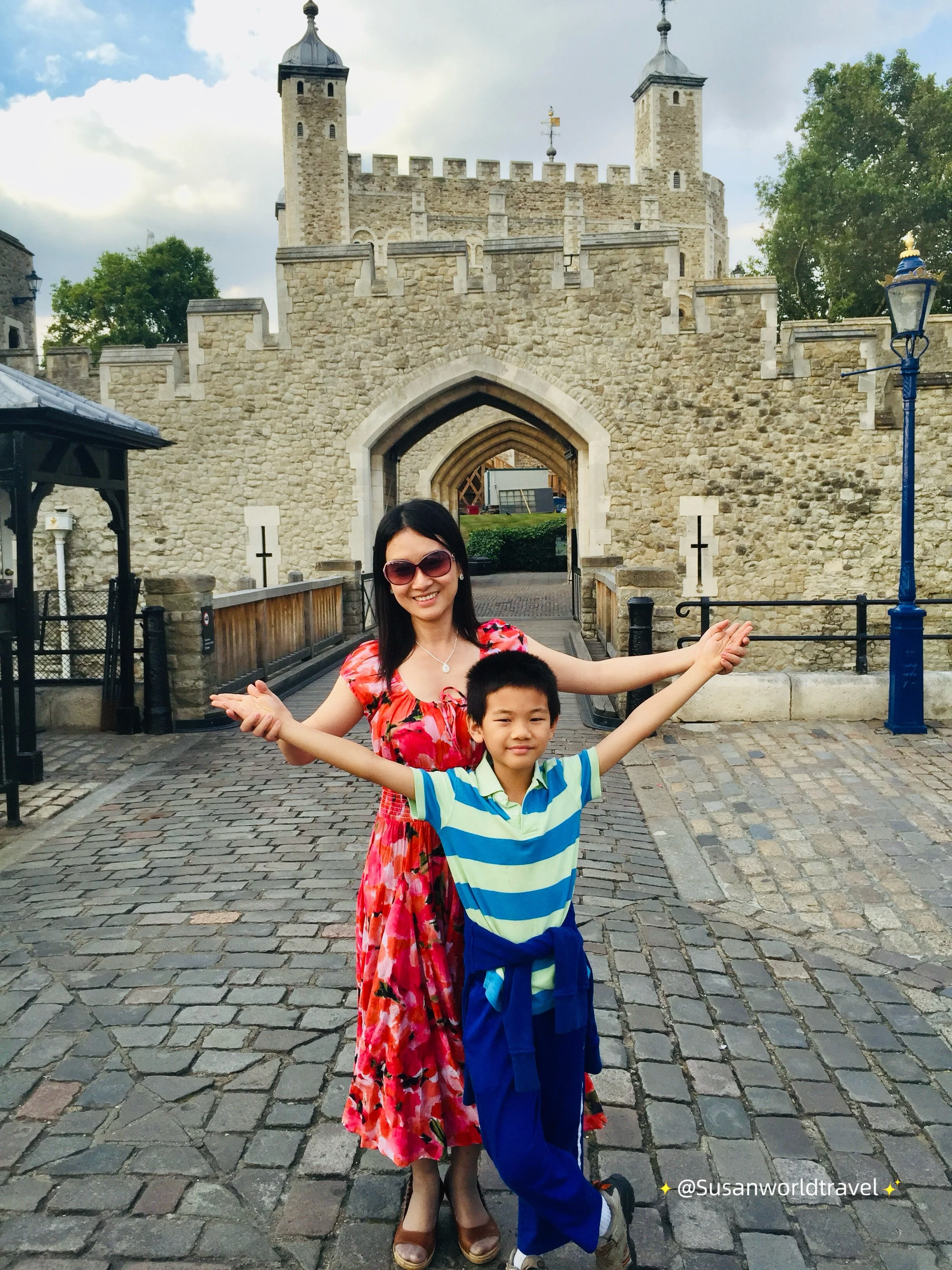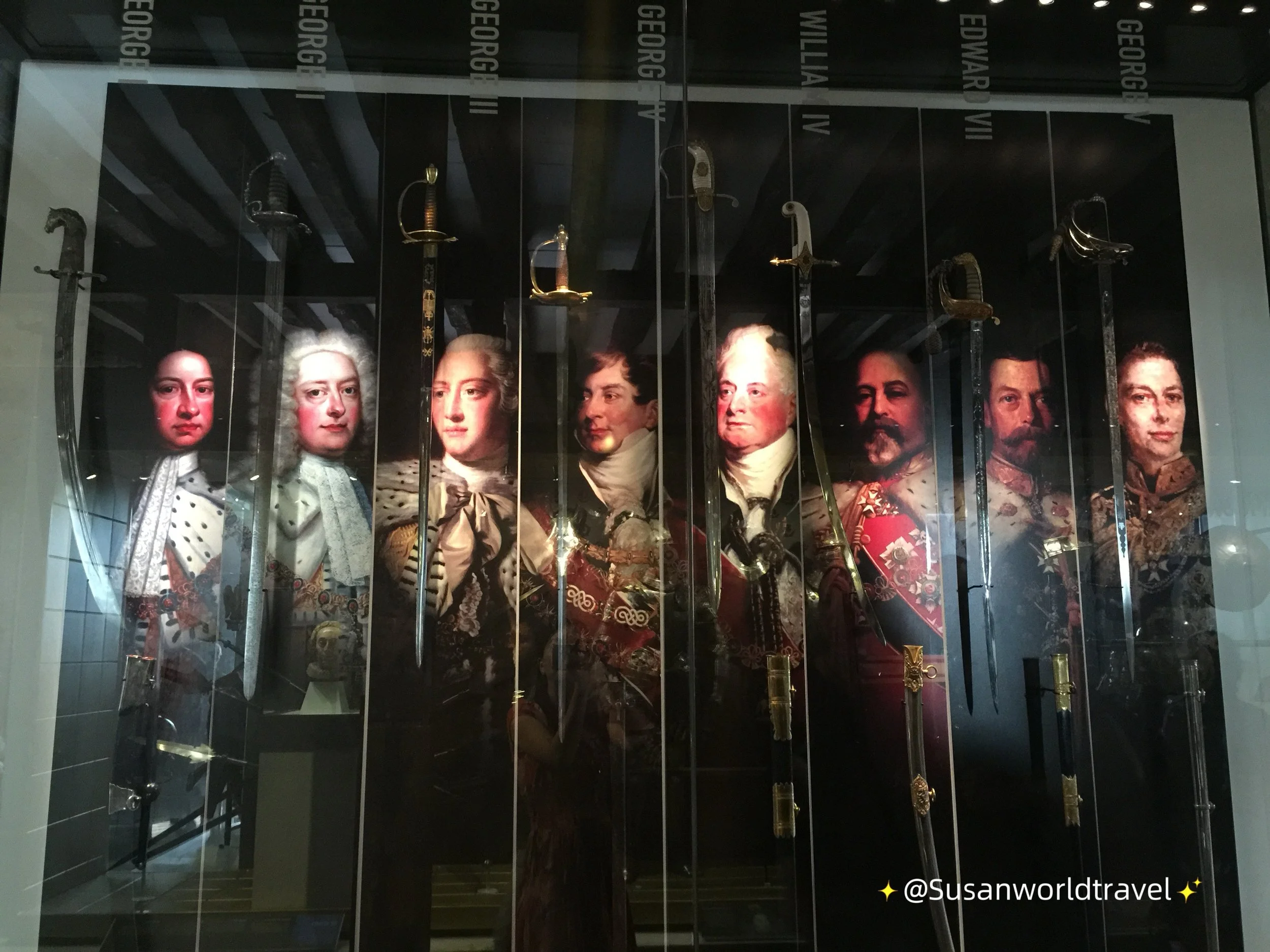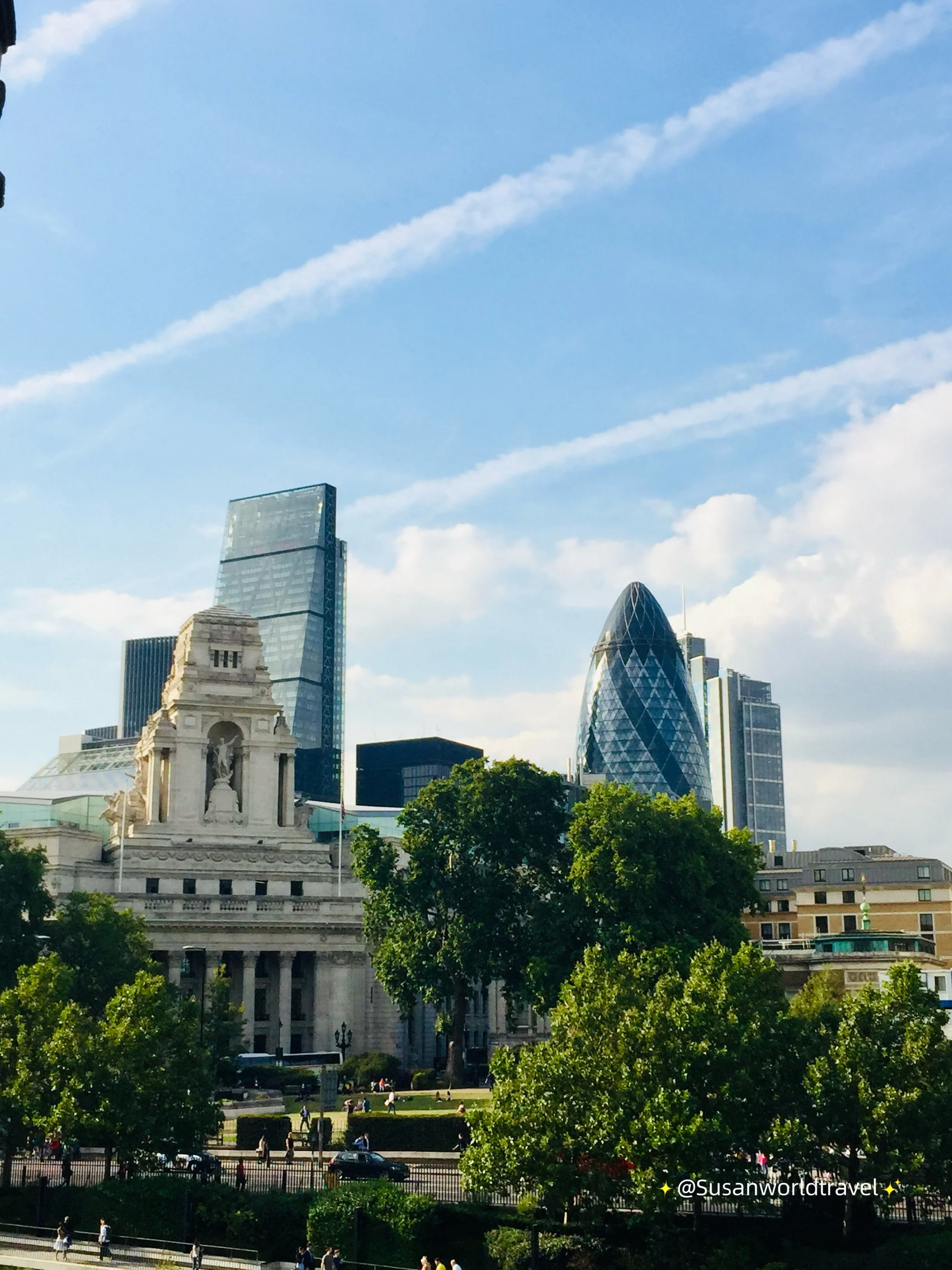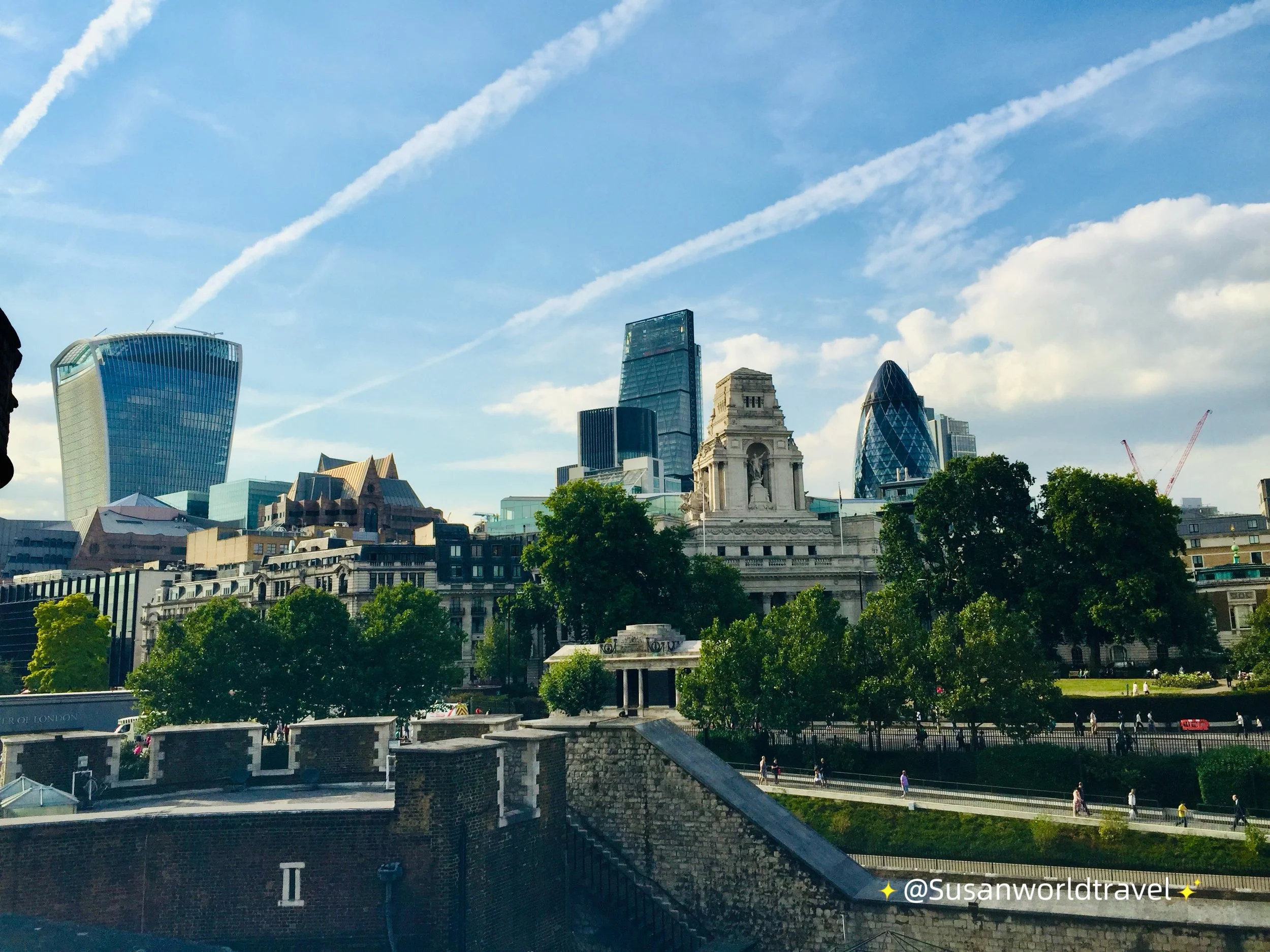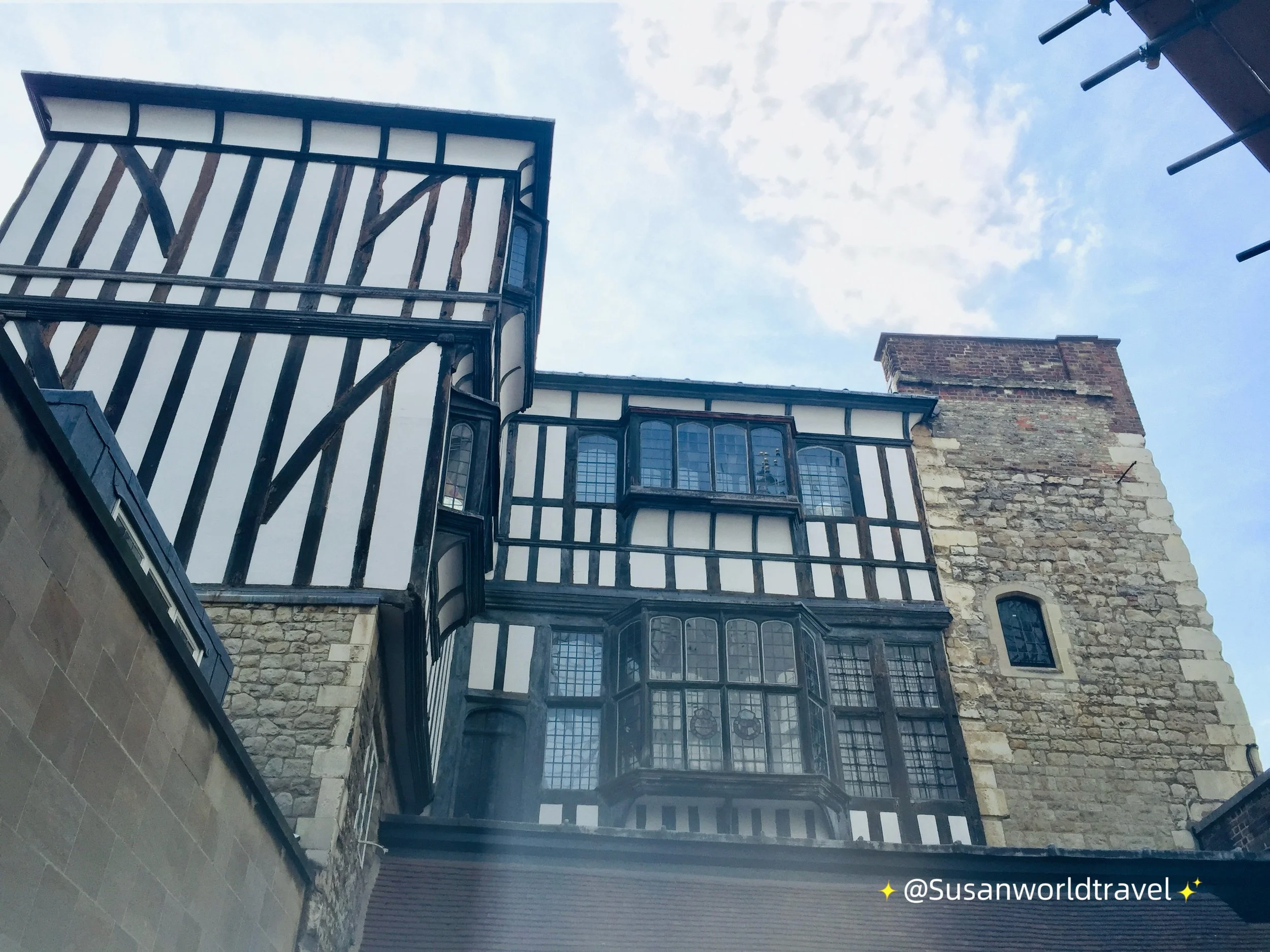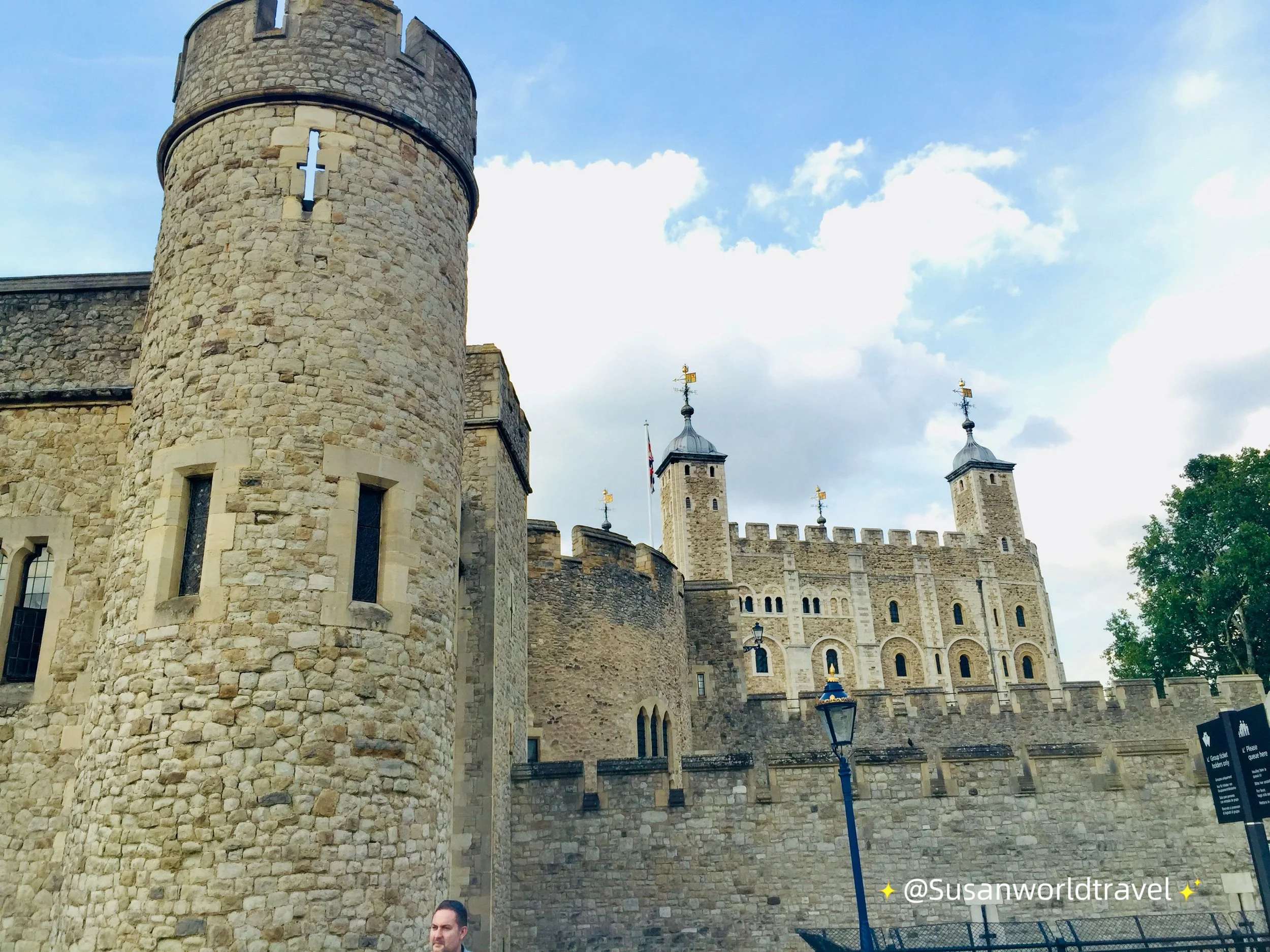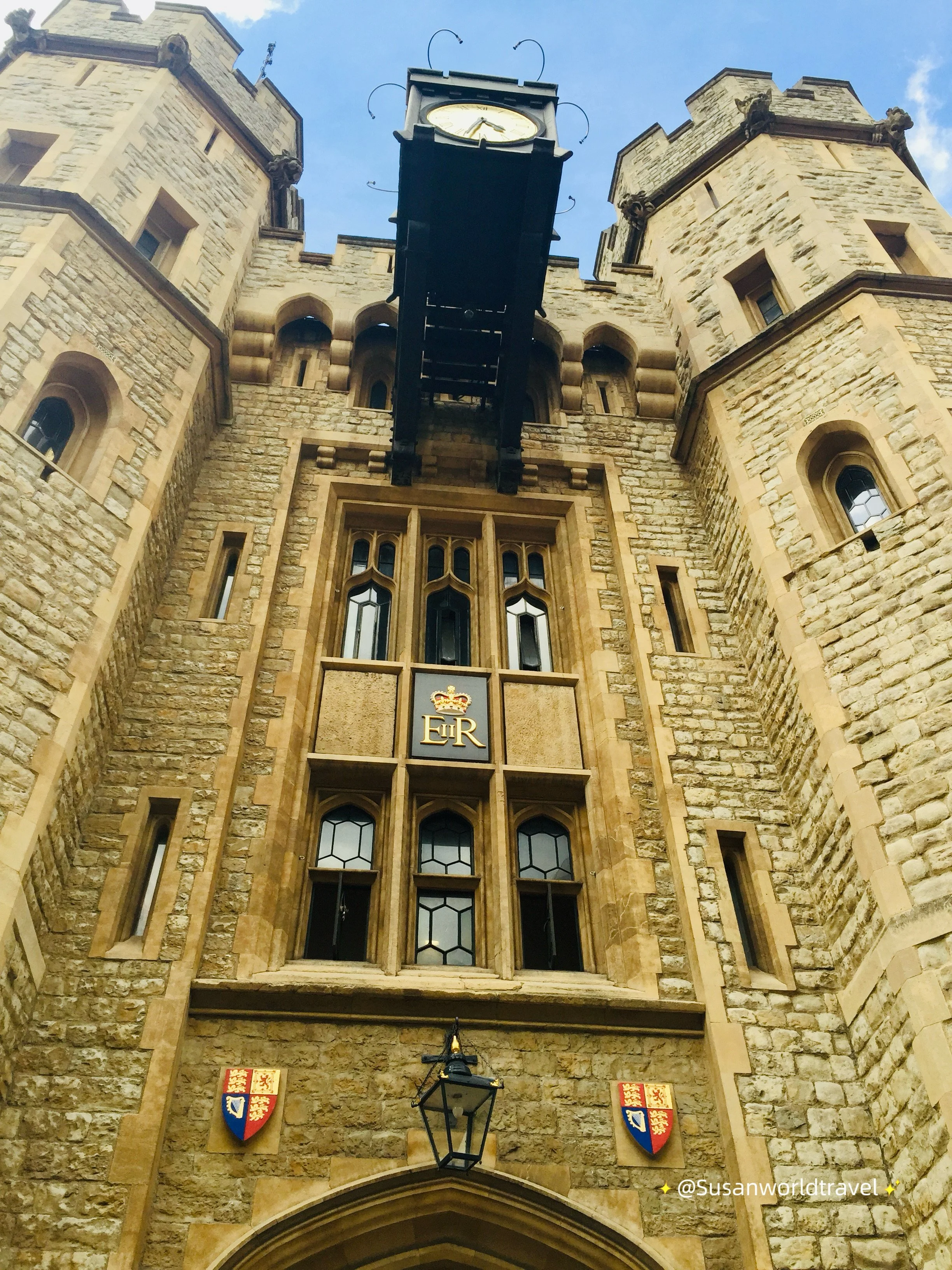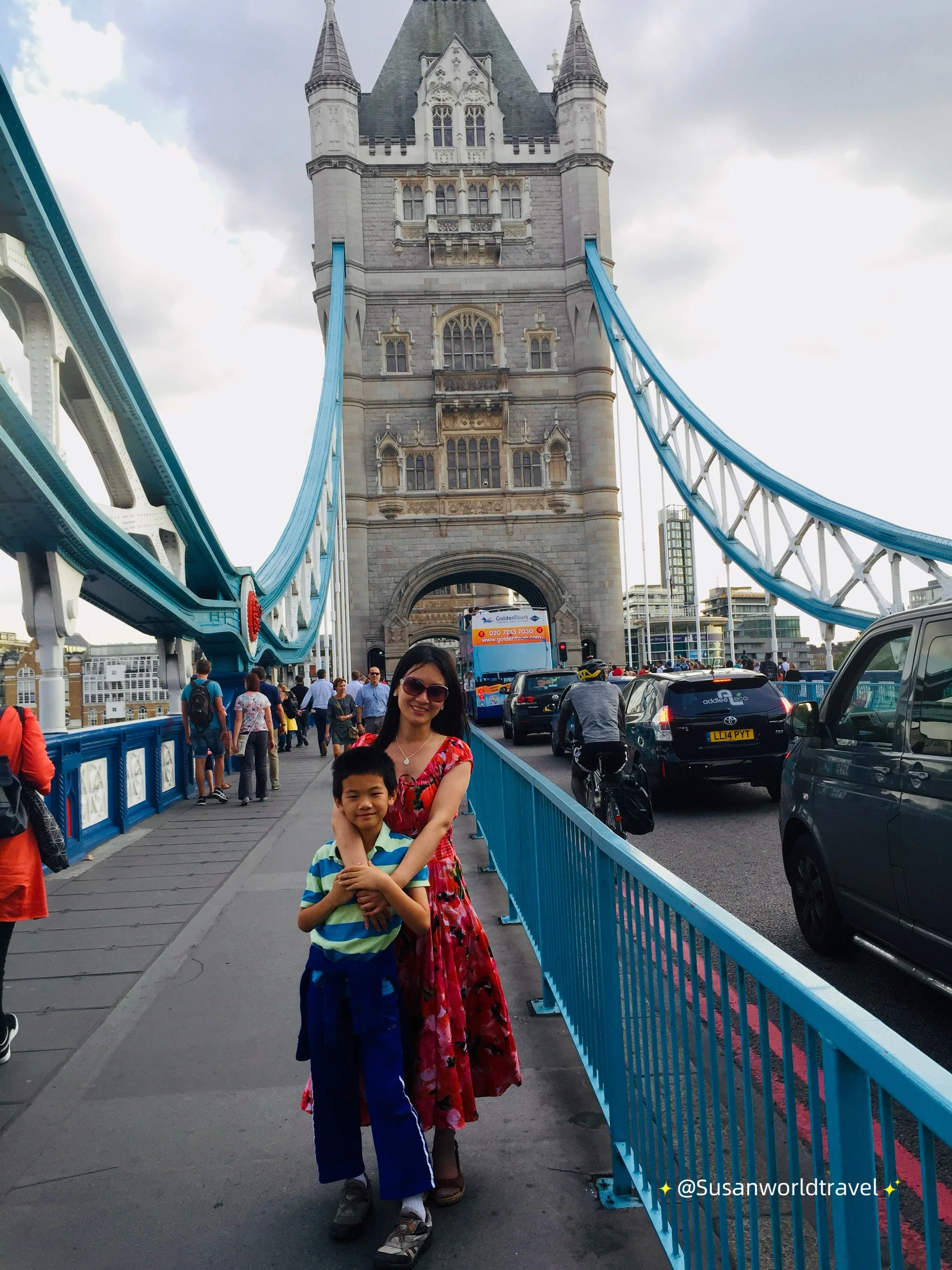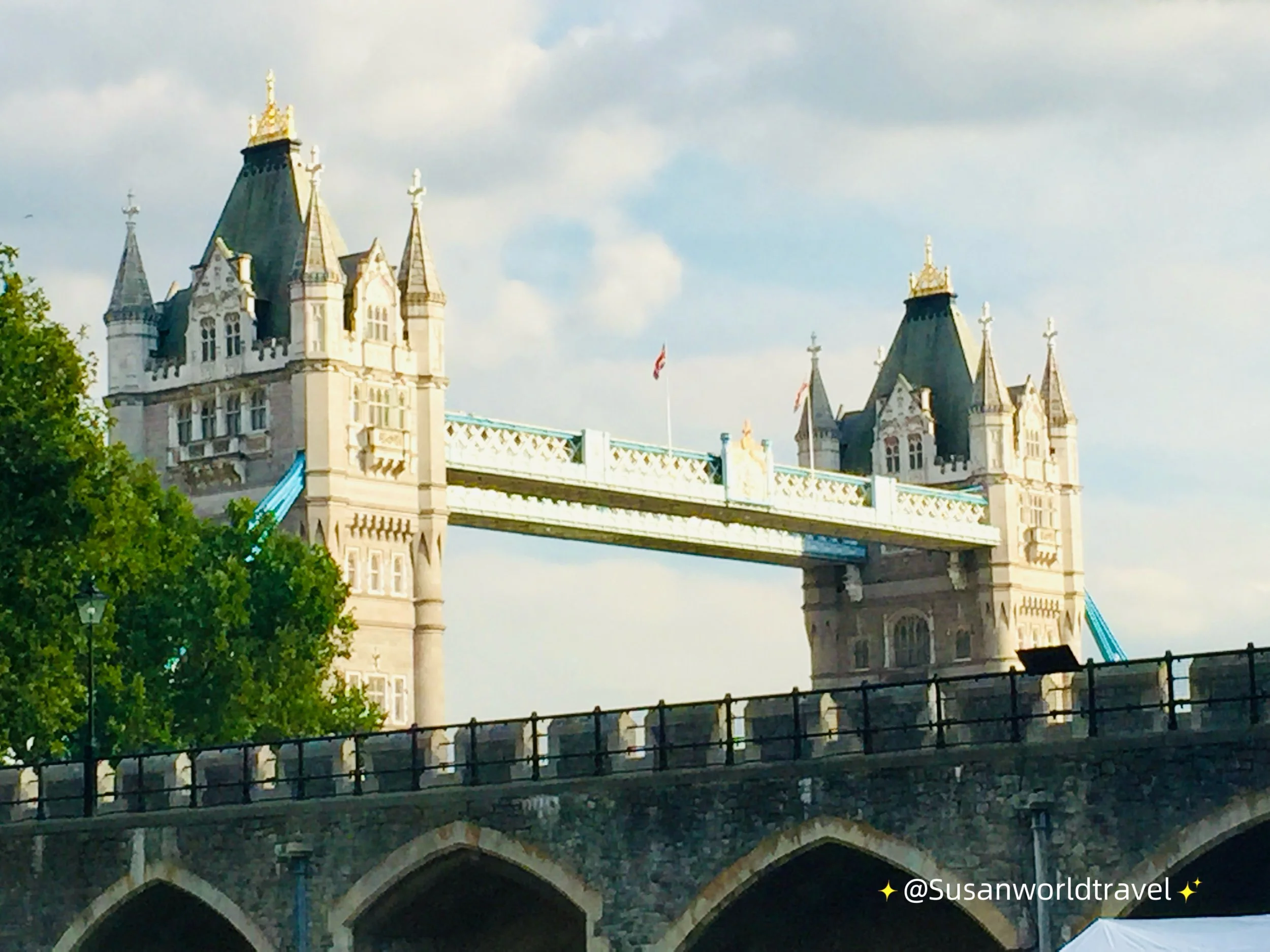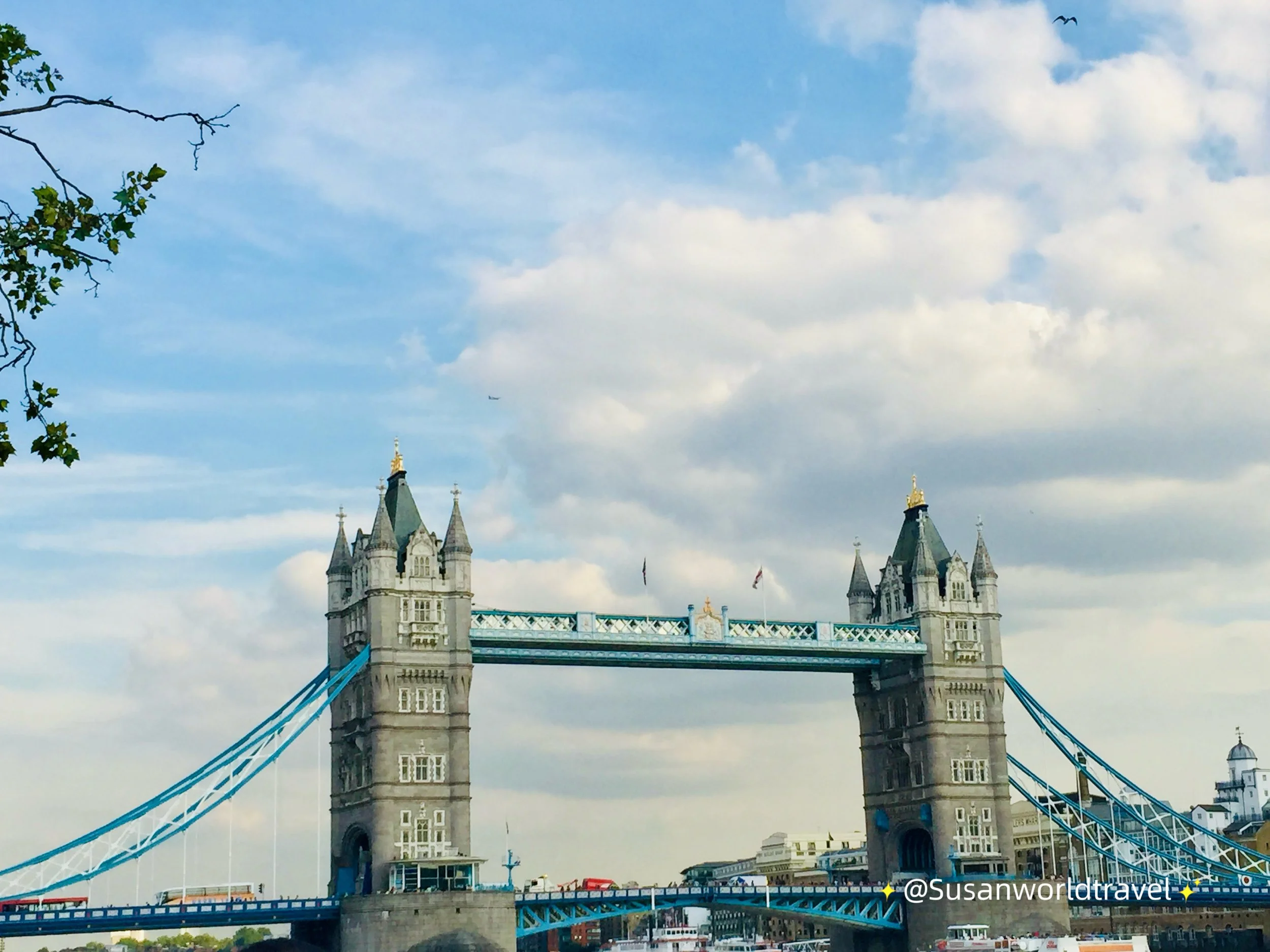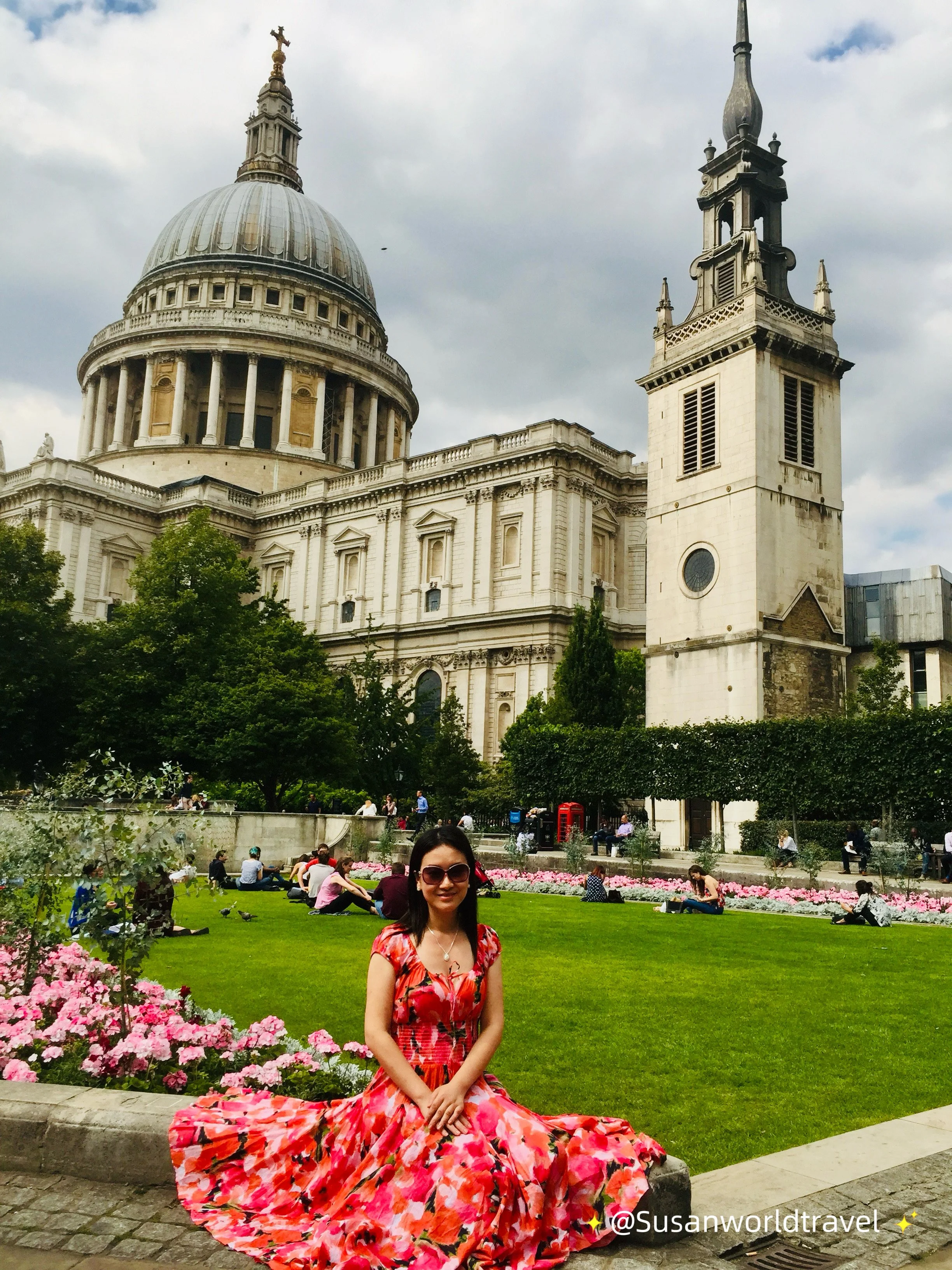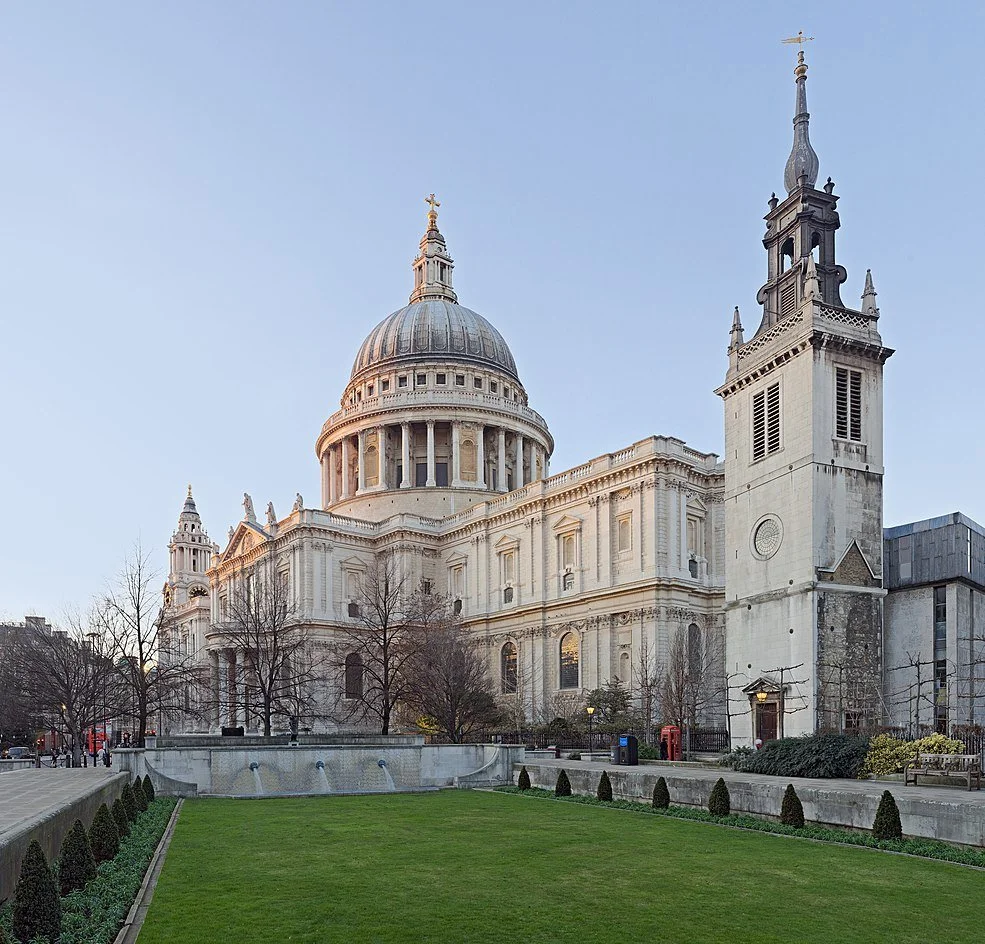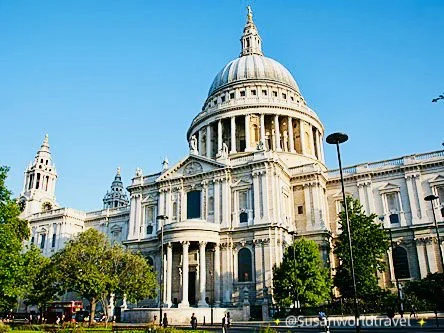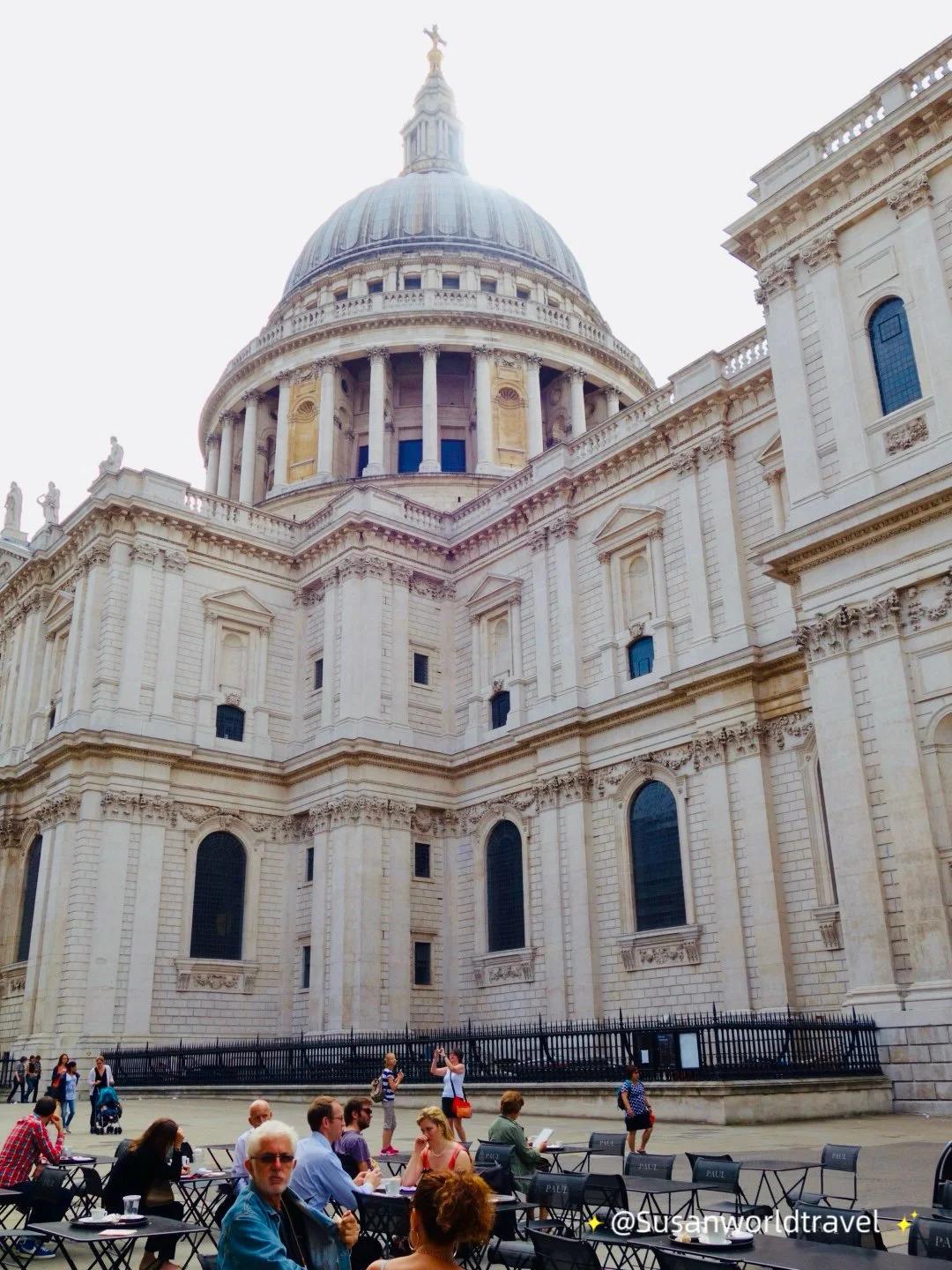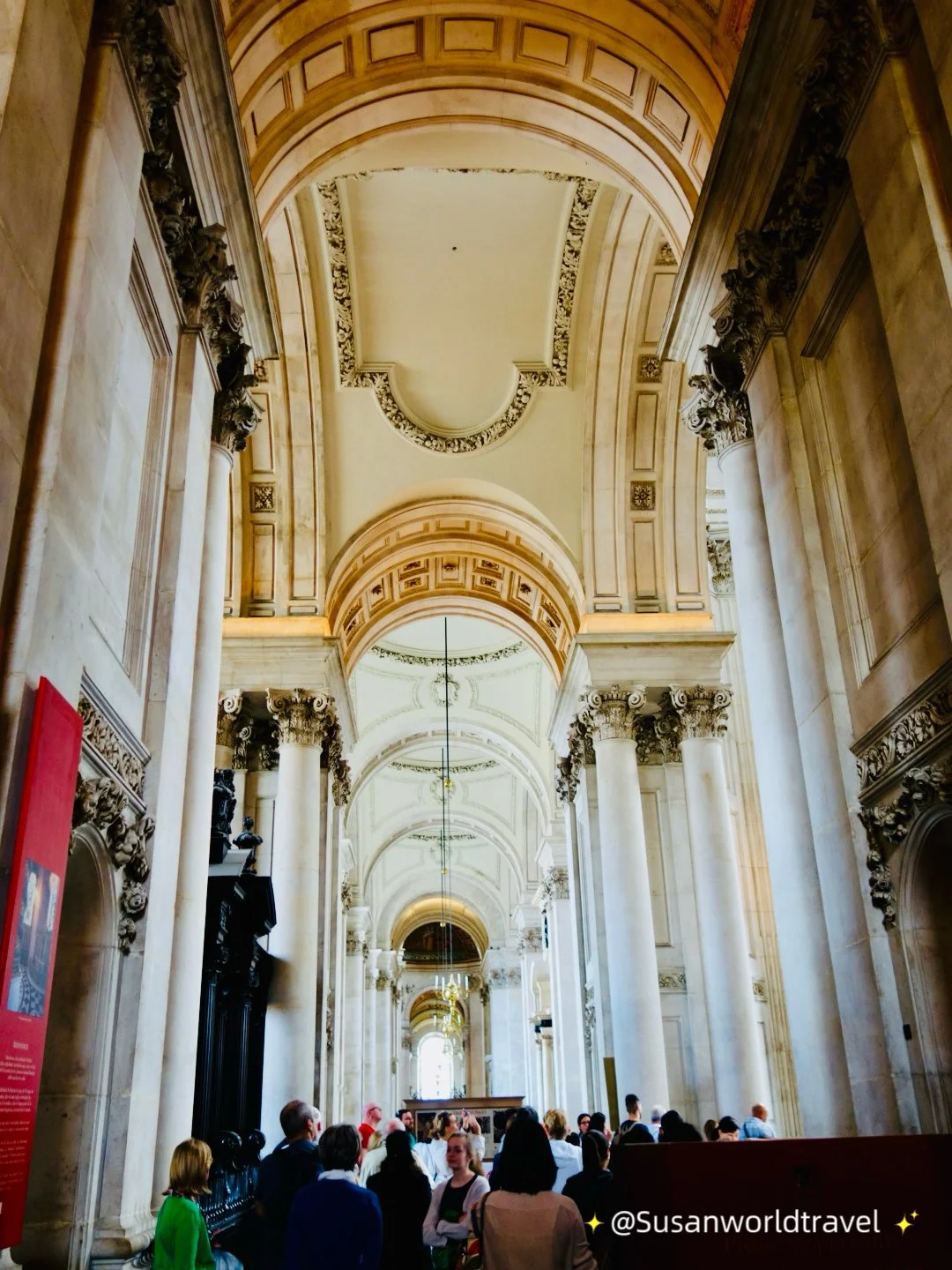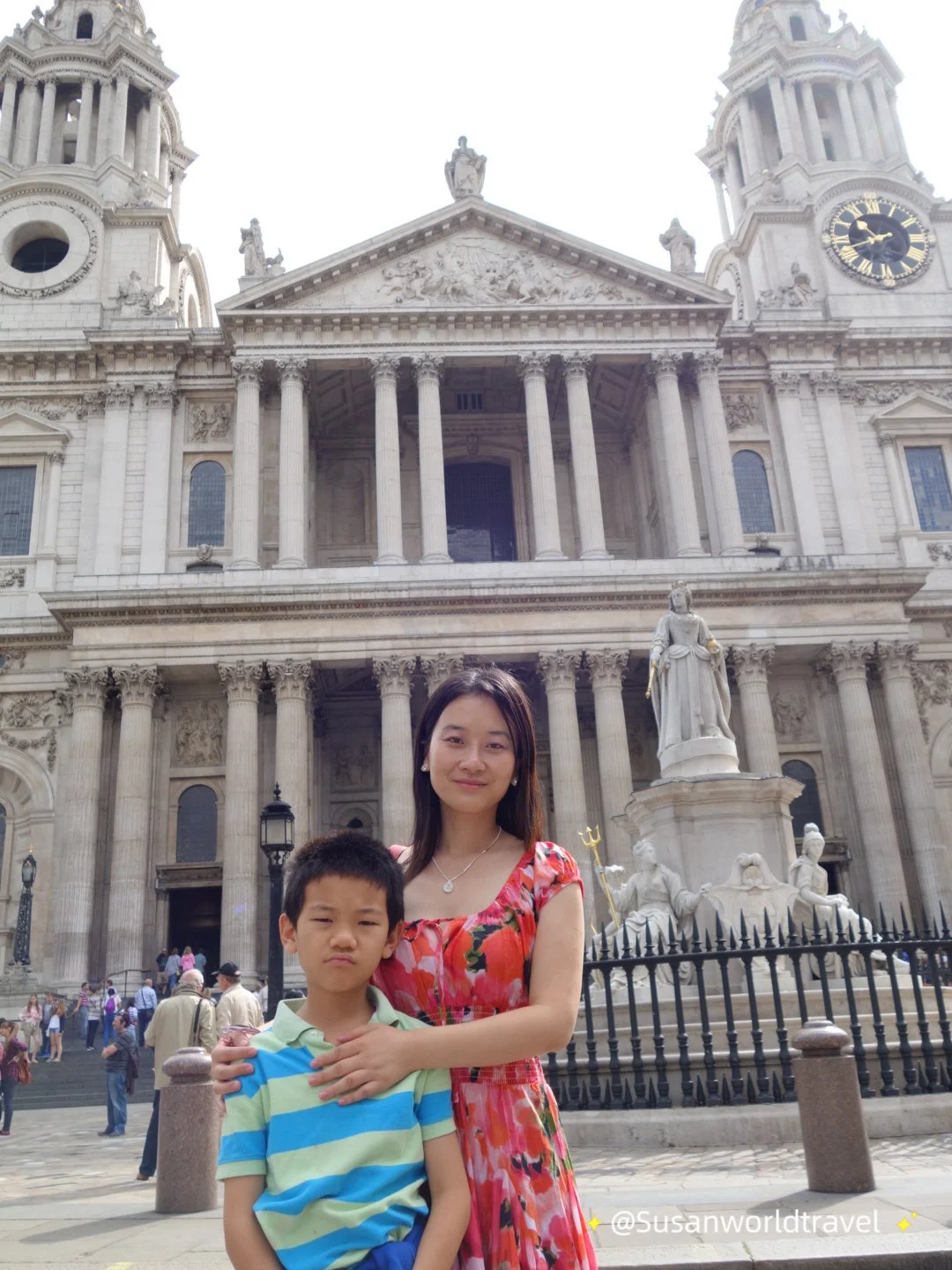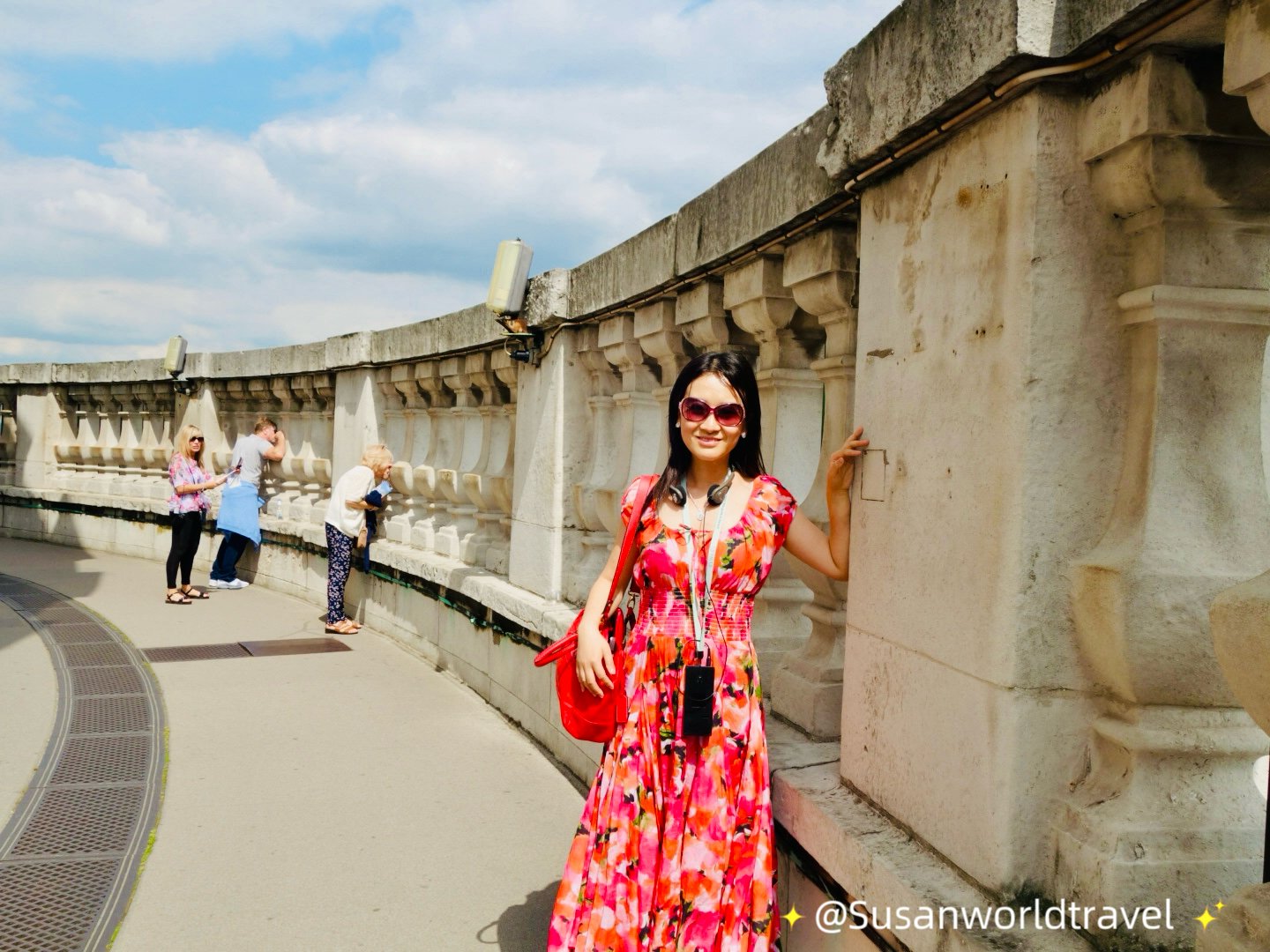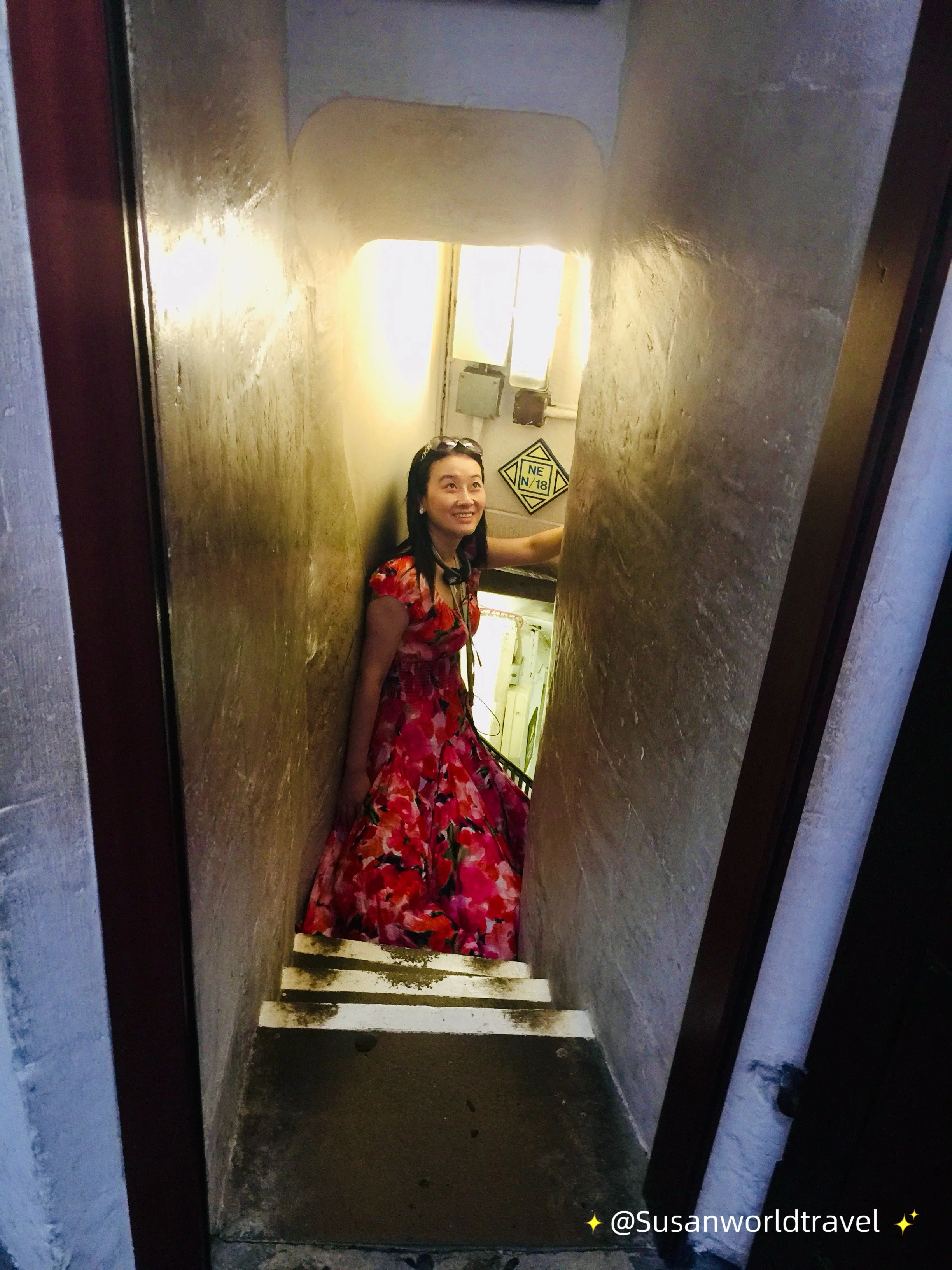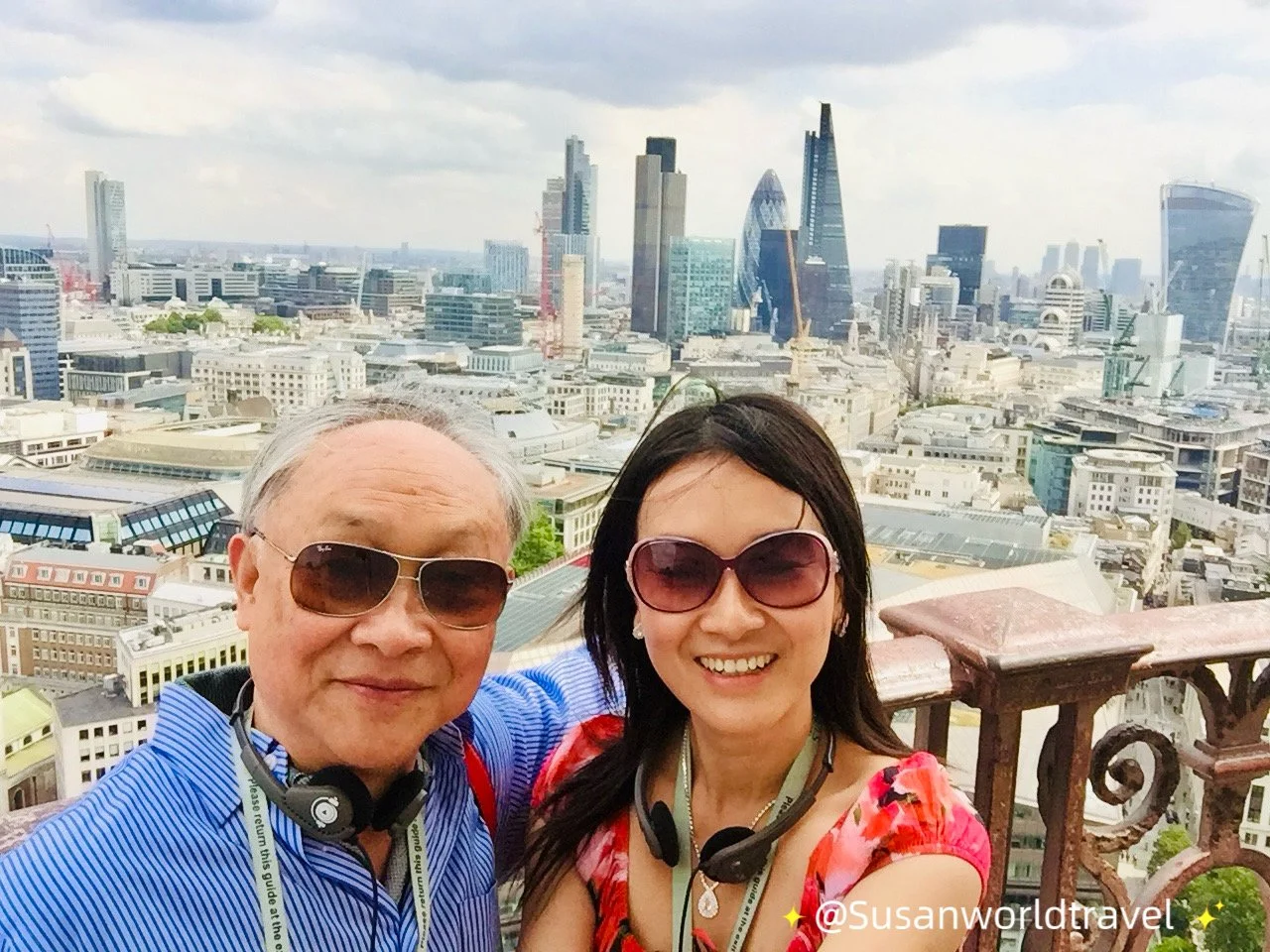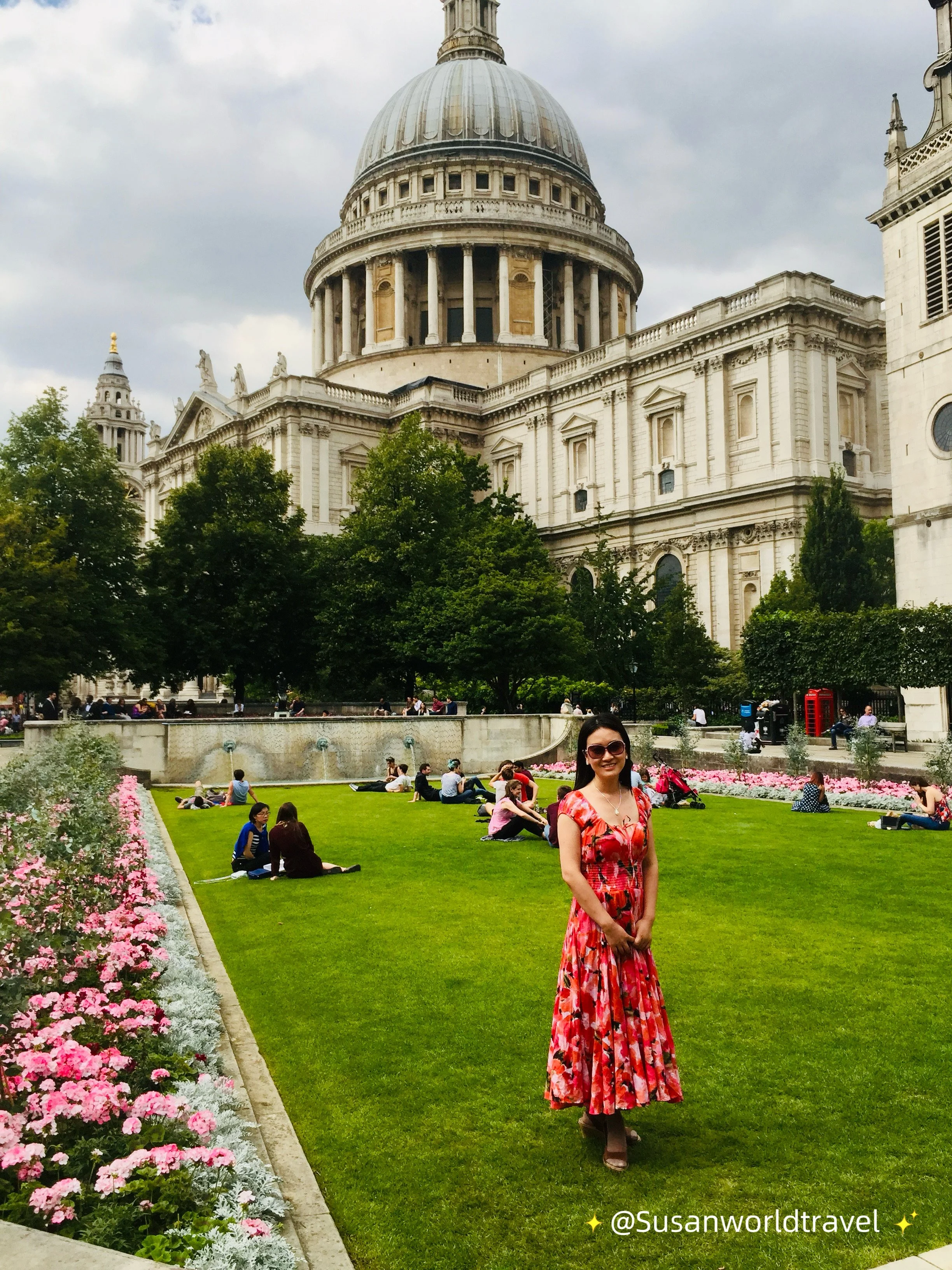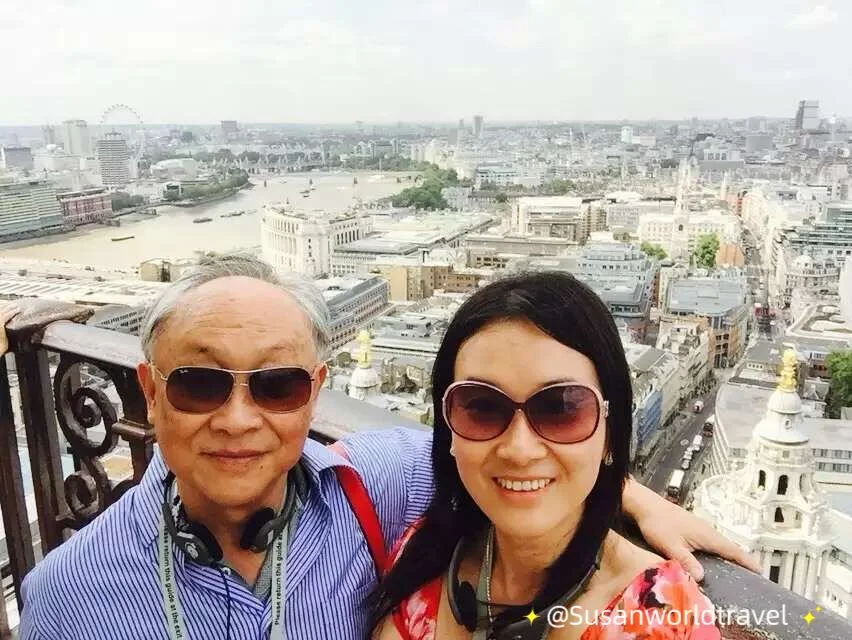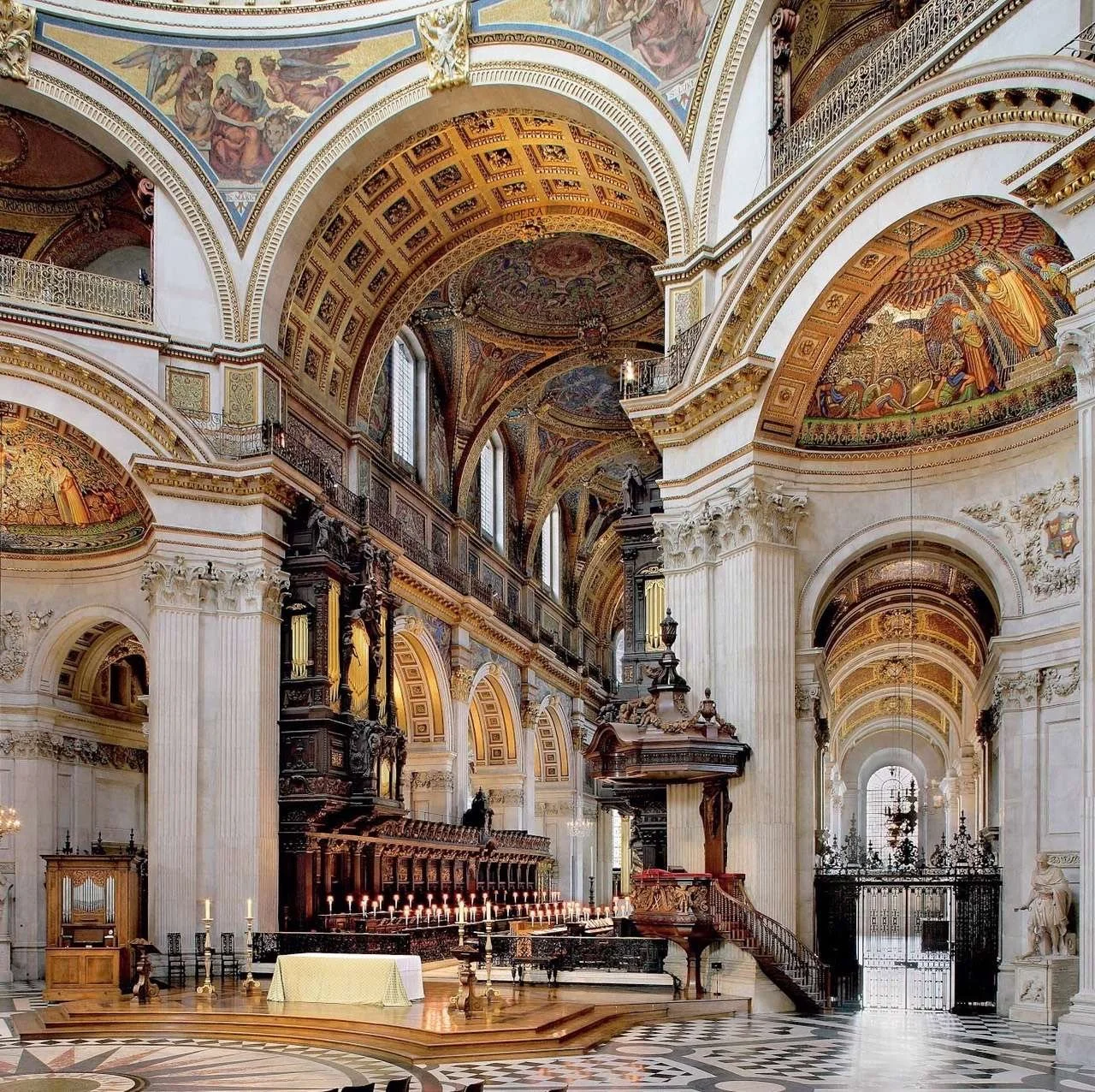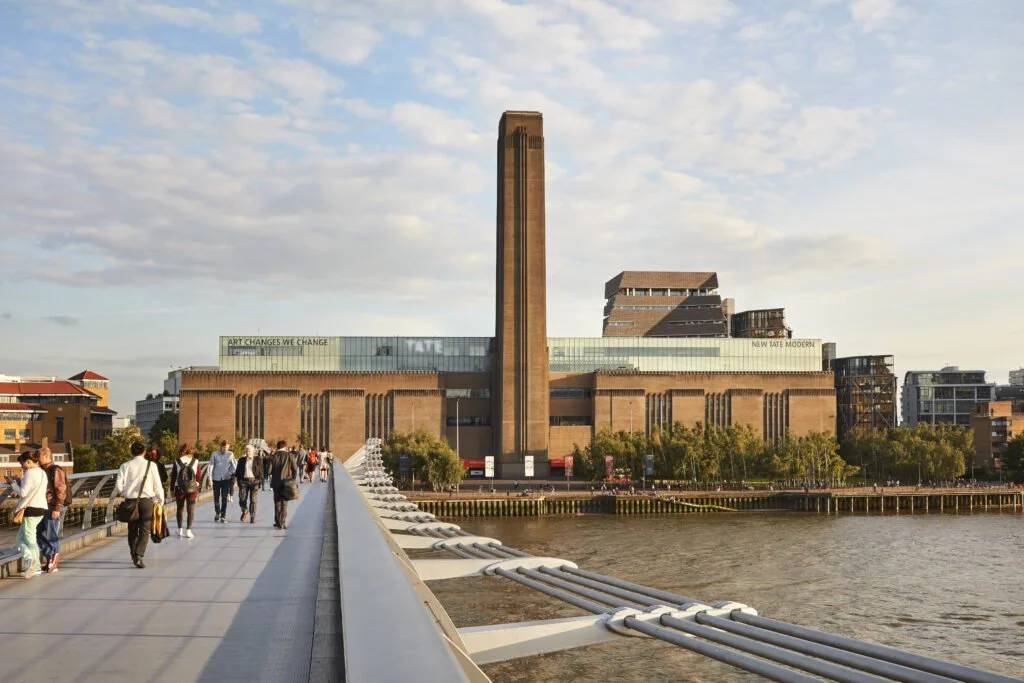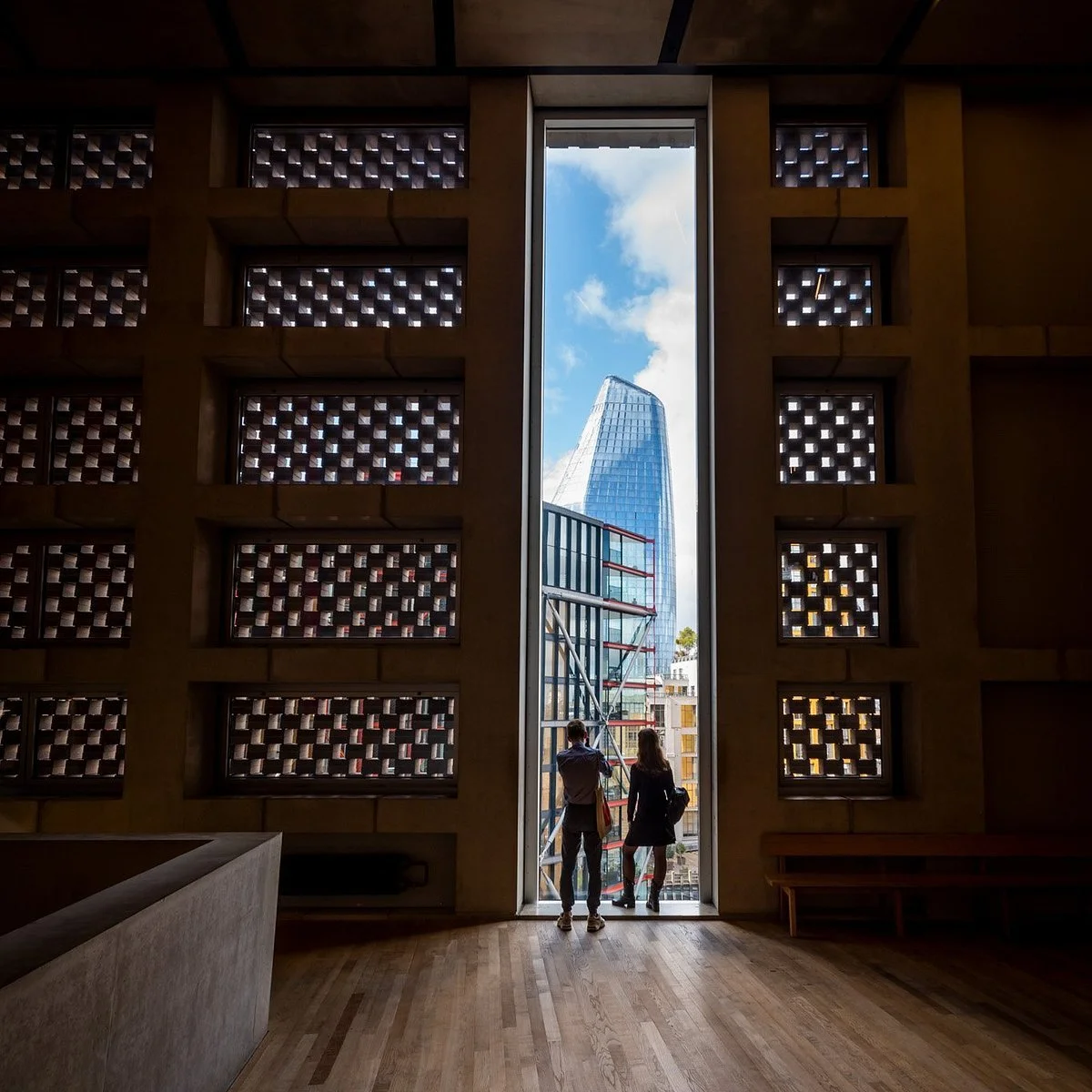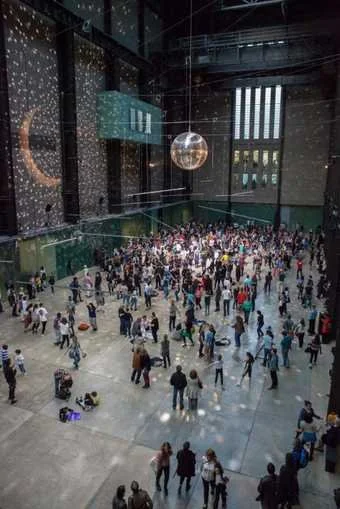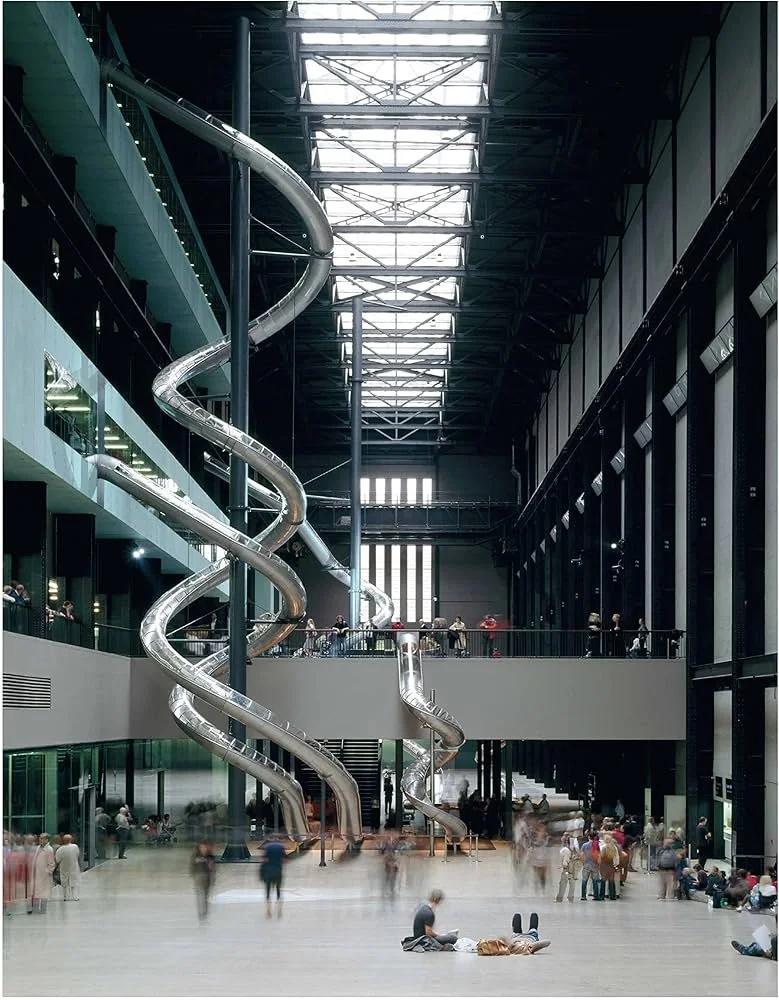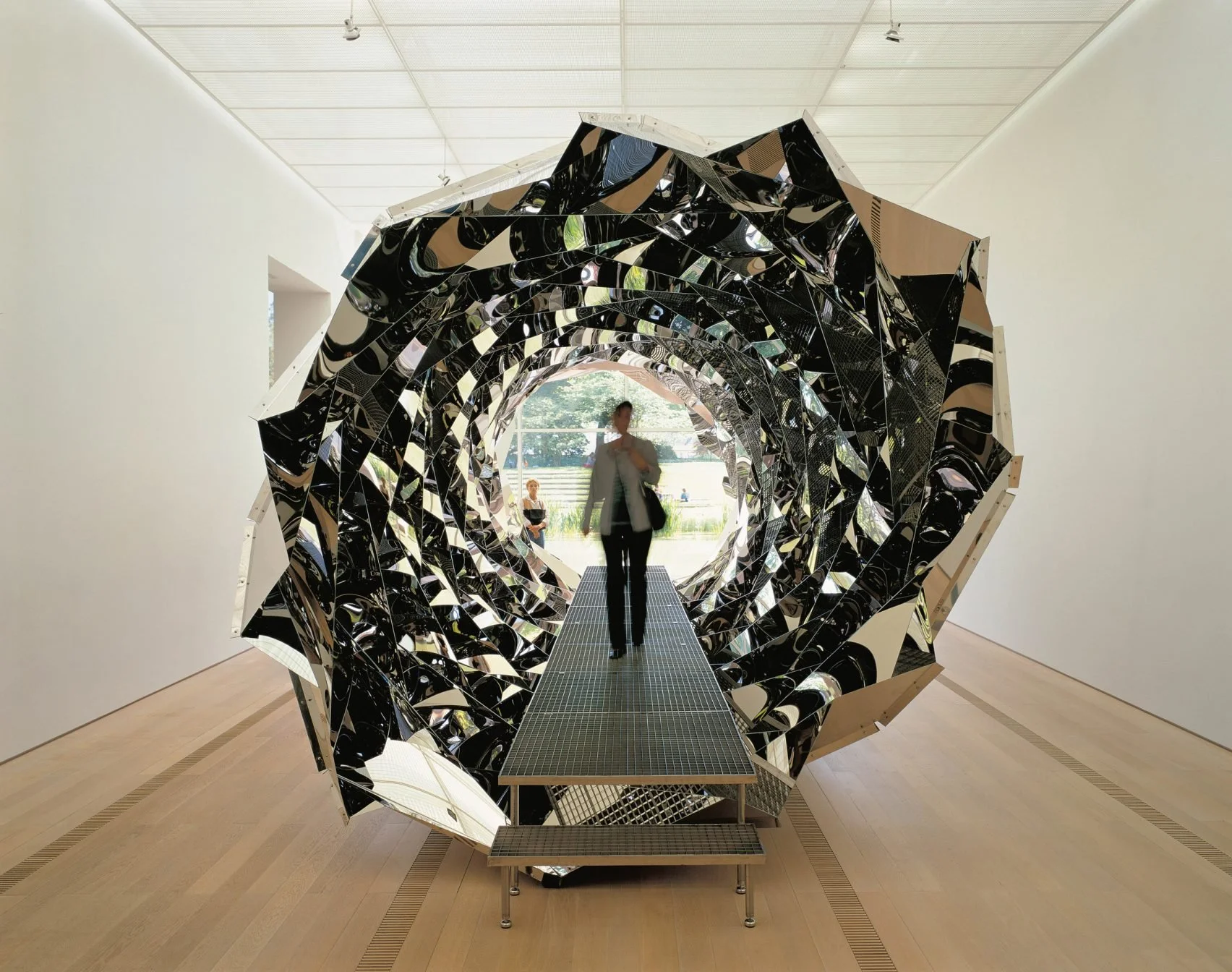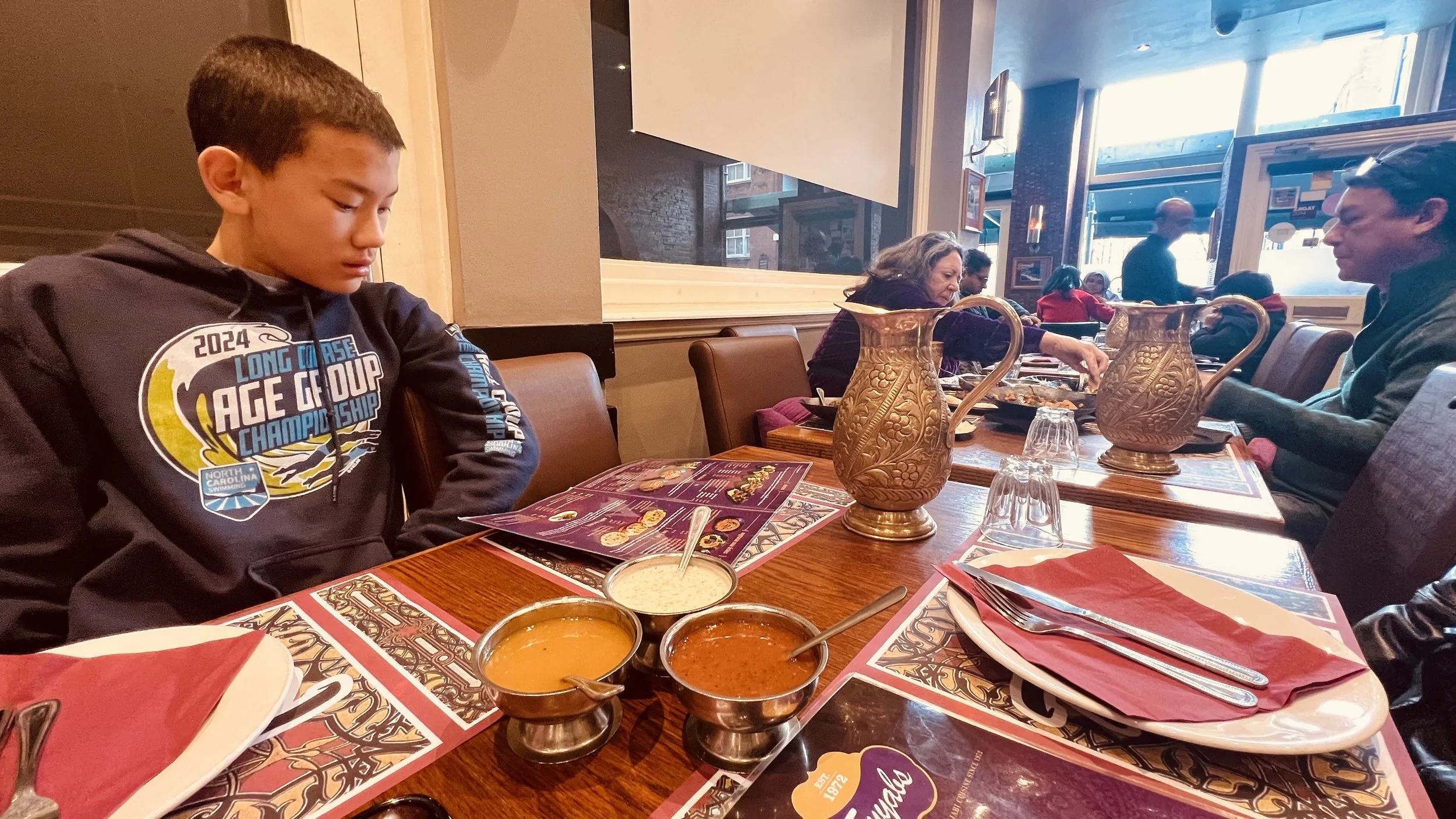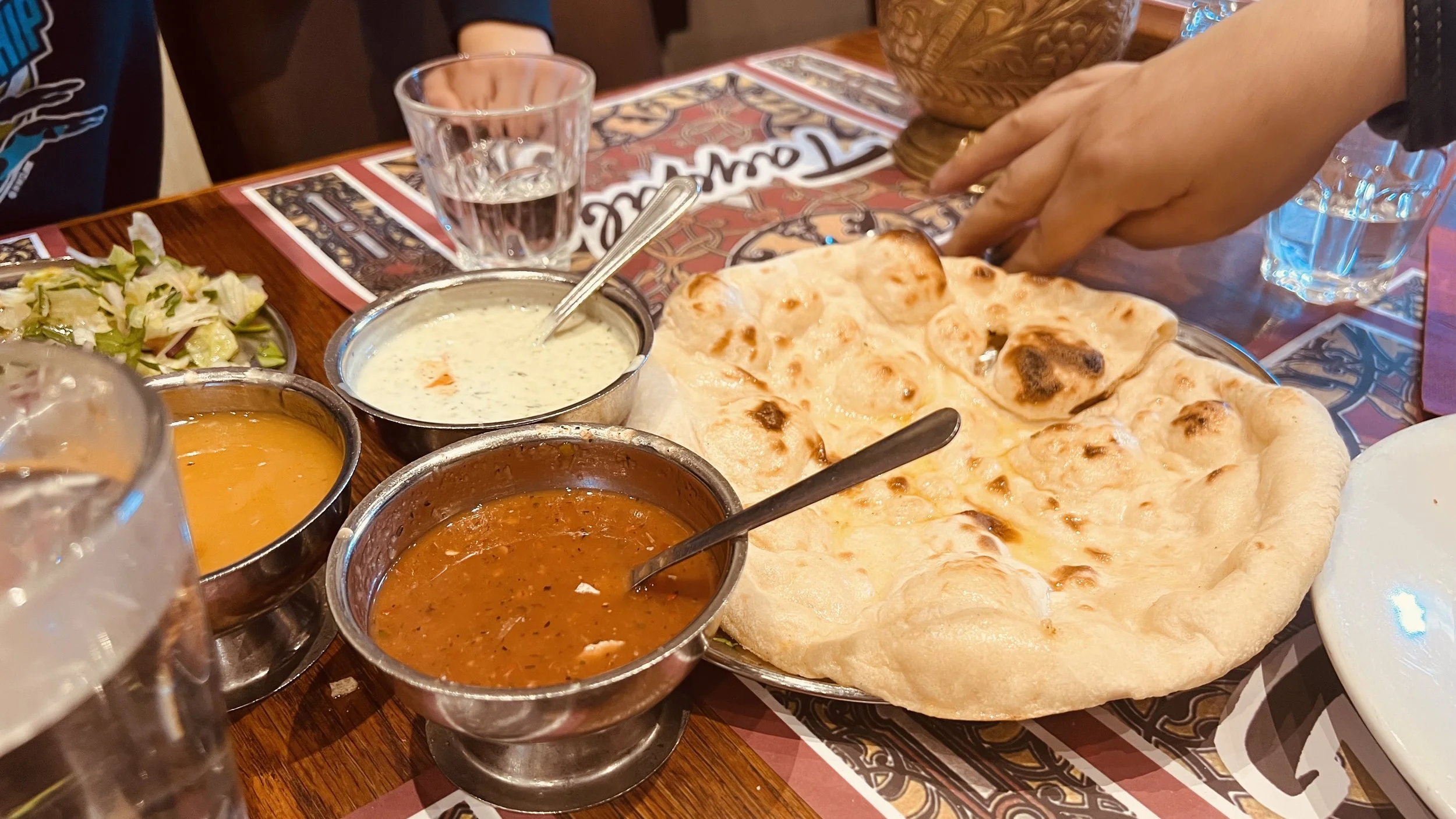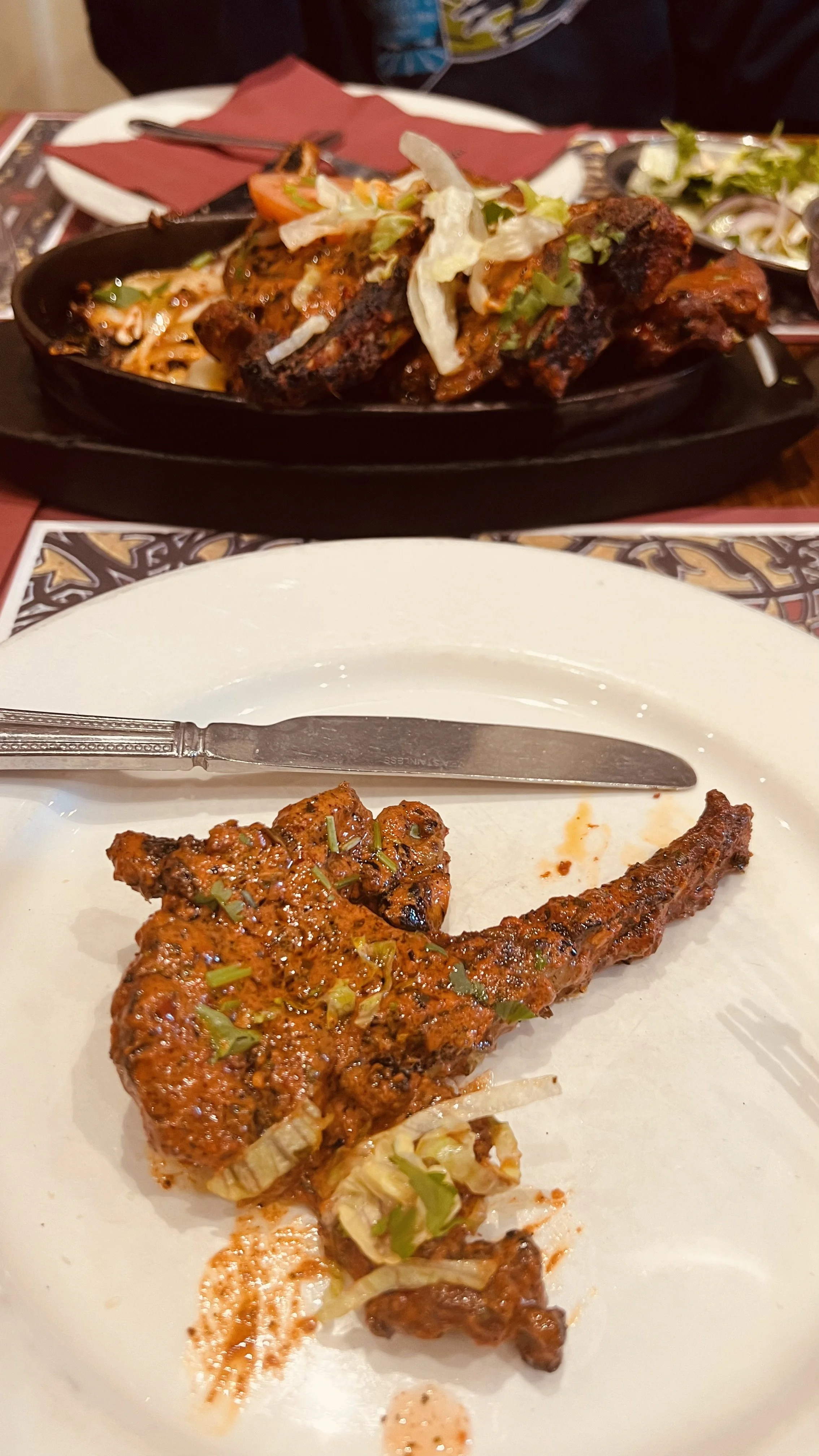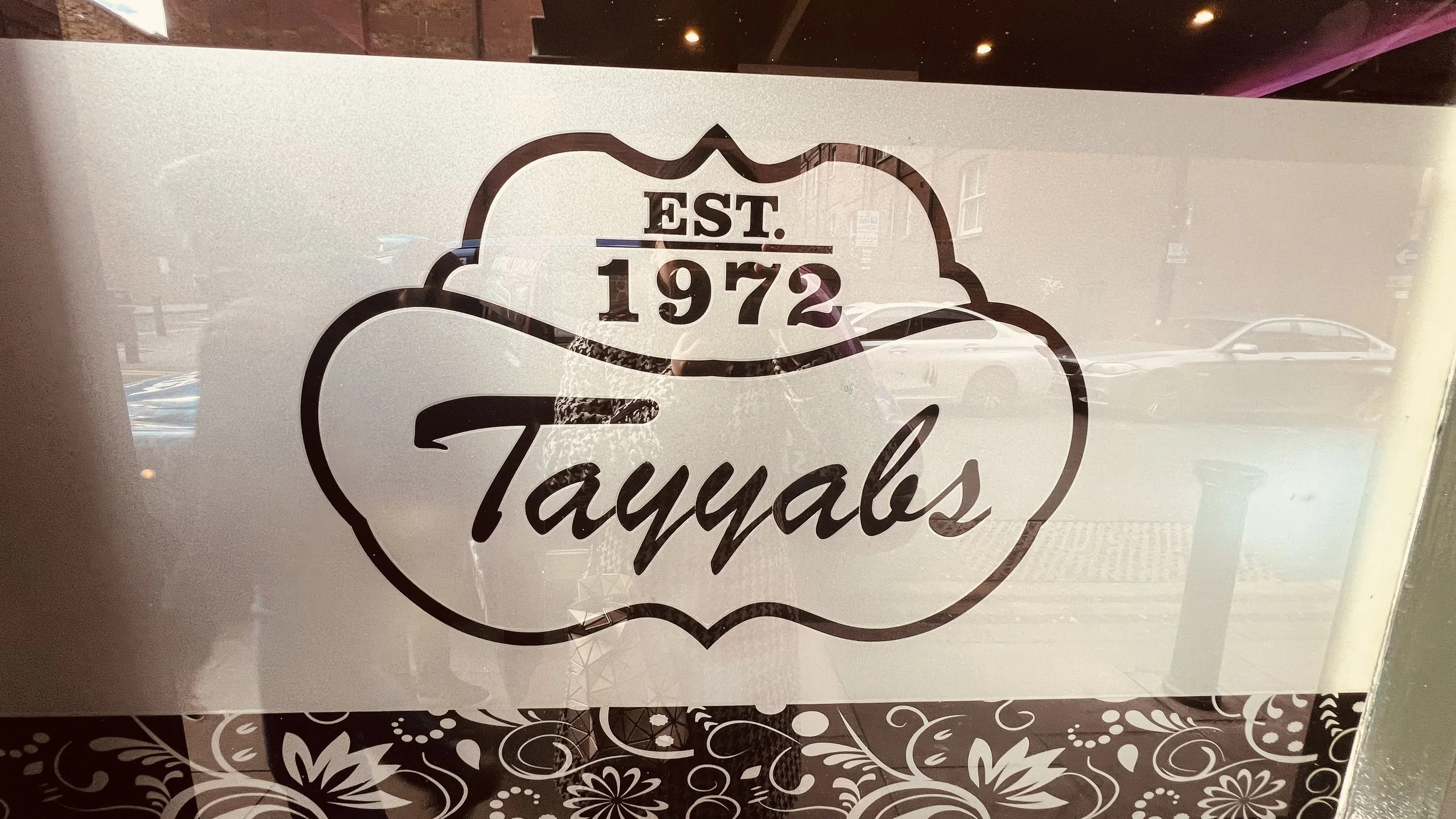UK Day 2
On our second morning, we made our way to the Tower of London, a historic fortress that has stood on the banks of the River Thames for nearly a thousand years. As we approached the imposing stone walls, we could feel the weight of its long and dramatic history. We joined one of the Yeoman Warder (Beefeater) tours, which run every 30 minutes starting from 10:00 AM (10:30 AM on Sundays and Mondays), with the last one at 2:30 PM. These engaging tours are included with admission and offered vivid storytelling that brought the Tower’s dark past to life, from tales of imprisoned royals to grisly executions.
Inside, we explored the White Tower, the oldest part of the complex, which houses displays of medieval armor and weapons. One of the most striking parts of our visit was learning about Queen Anne Boleyn, the second wife of Henry VIII, who was beheaded on Tower Green in 1536. Accused of adultery, incest, and treason—charges now widely believed to have been fabricated—her execution marked one of the Tower’s most infamous moments. A memorial now marks the site, and her final resting place lies within the Chapel of St. Peter ad Vincula, which we also visited in quiet reflection.
The Tower of London offers history programs on weekends, holidays, and during summer, featuring live reenactments, storytelling, and hands-on displays that bring its royal and medieval past to life.
Of course, no visit would be complete without seeing the Crown Jewels, a dazzling collection still used in royal ceremonies, and meeting the legendary Tower ravens, guardians of the fortress according to legend. We also walked the ancient ramparts, took in the views along the Thames, and imagined the centuries of royal drama that unfolded here. The Tower of London offered one of the richest and most haunting windows into Britain’s history we encountered on our trip.
St. Paul’s Cathedral in London offers a unique climb that allows visitors to experience the interior from a higher vantage point, providing an up-close view of its magnificent design. The climb to the Whispering Gallery (about 259 steps) takes you around the interior of the dome, where you can look down into the nave and admire the intricate mosaics and paintings that adorn the cathedral’s interior. The gallery is famous for its acoustic properties, allowing whispers to travel across the entire dome, hence the name. From there, you can continue your climb to the Golden Gallery (an additional 117 steps), which is the highest point open to the public. Here, you get a spectacular view of the entire interior, including the stunning dome, magnificent high altar, expansive space below, and beautiful stained-glass windows. This climb provides an opportunity to truly appreciate the scale and intricacy of the interior, especially the dome designed by Sir Christopher Wren, making it a highlight for visitors seeking a unique perspective of the cathedral’s grandeur.
Tate Modern is just a 10-minute walk from St. Paul’s Cathedral, connected by the striking Millennium Bridge. This scenic pedestrian route offers stunning views of the River Thames and leads directly to one of London’s most iconic art institutions. Housed in the former Bankside Power Station, Tate Modern is an architectural landmark in itself, with its imposing brick façade, towering central chimney, and vast Turbine Hall providing a dramatic and fitting backdrop for its world-renowned collection of modern and contemporary art.
It is often said that London has some of the best Indian food in the world, thanks to its rich diversity and the city's long-standing love affair with Indian cuisine. The city boasts a remarkable variety of Indian restaurants, from high-end dining spots to cozy, authentic curry houses, each offering a unique take on traditional dishes.
